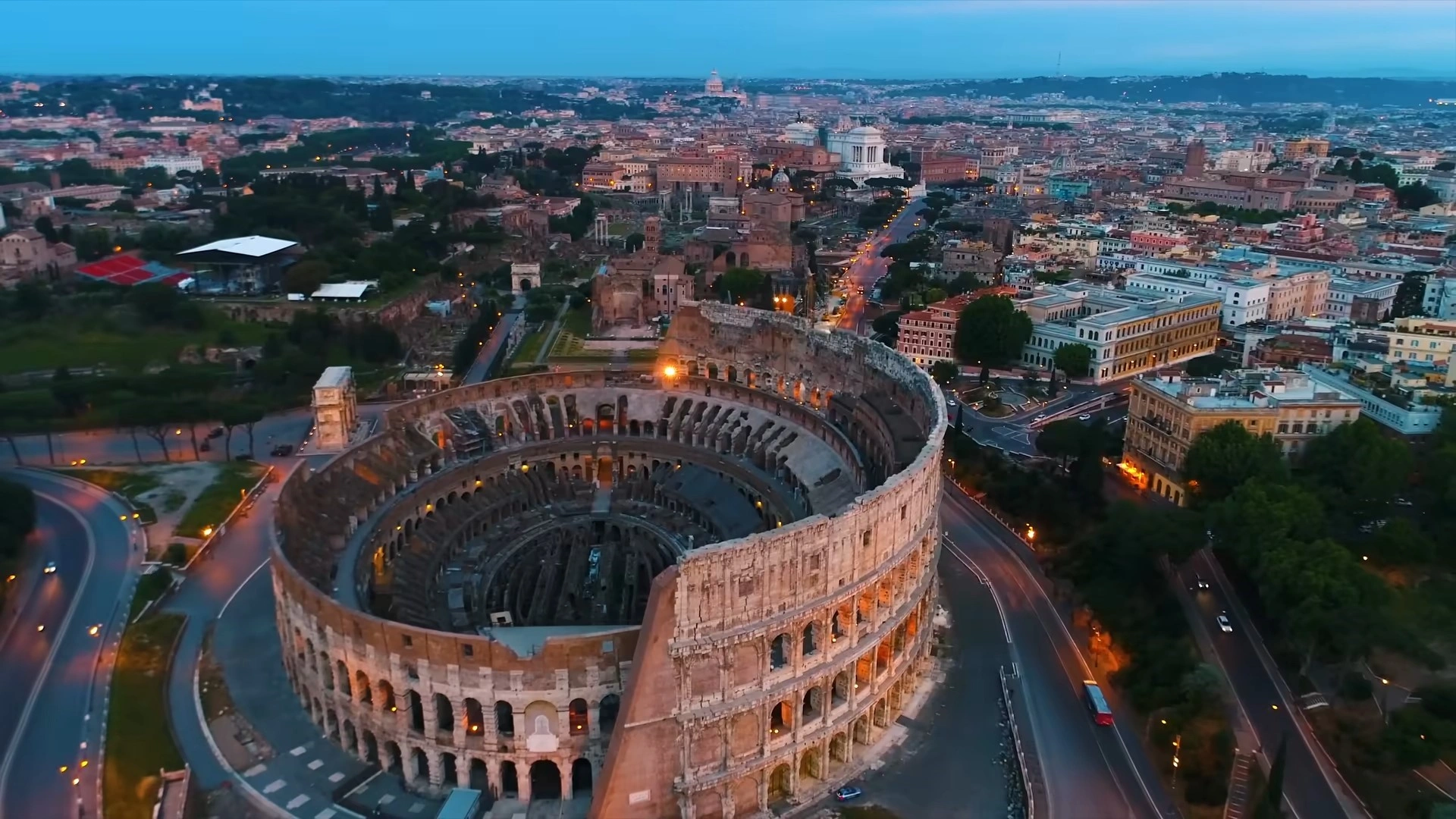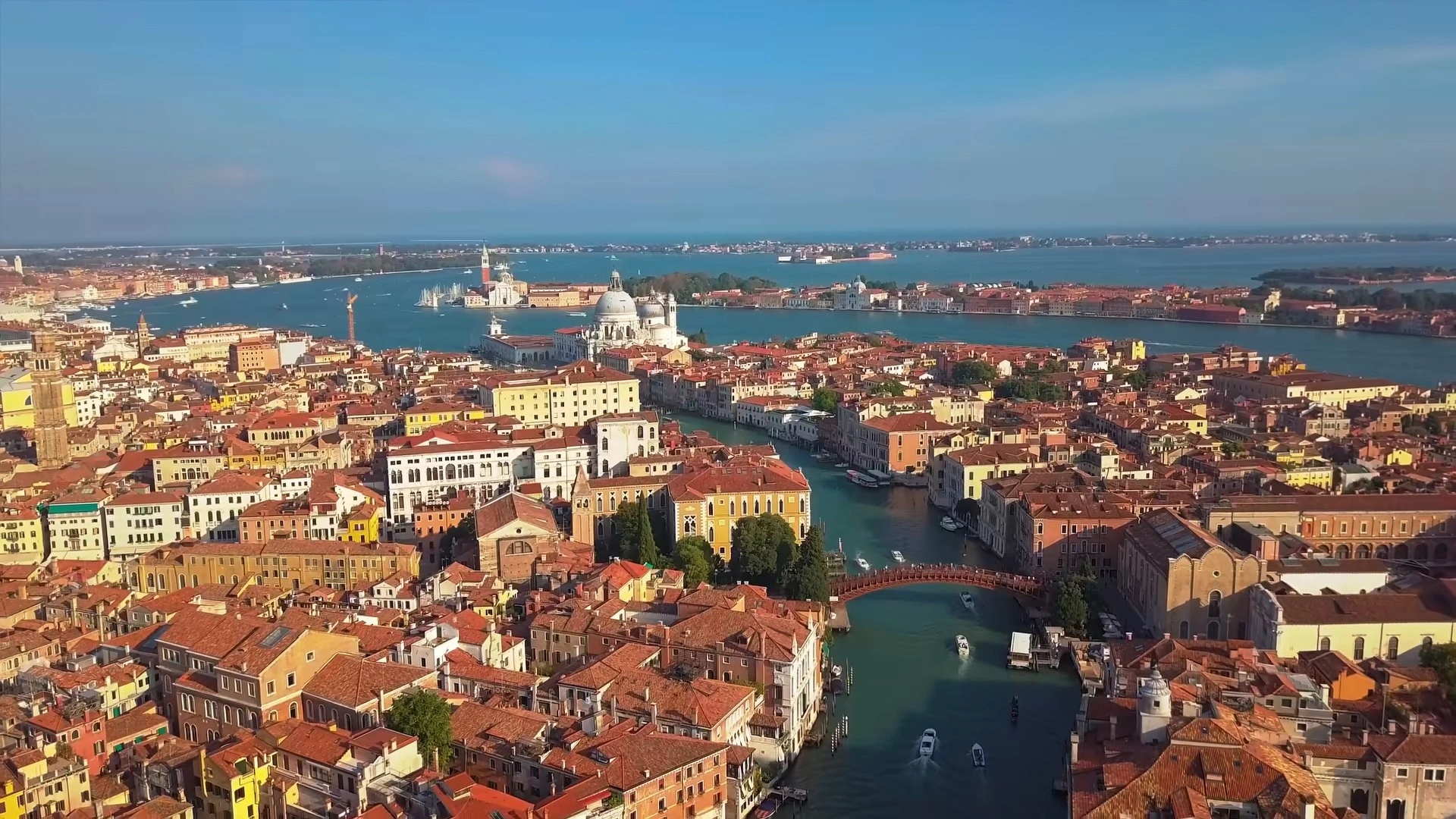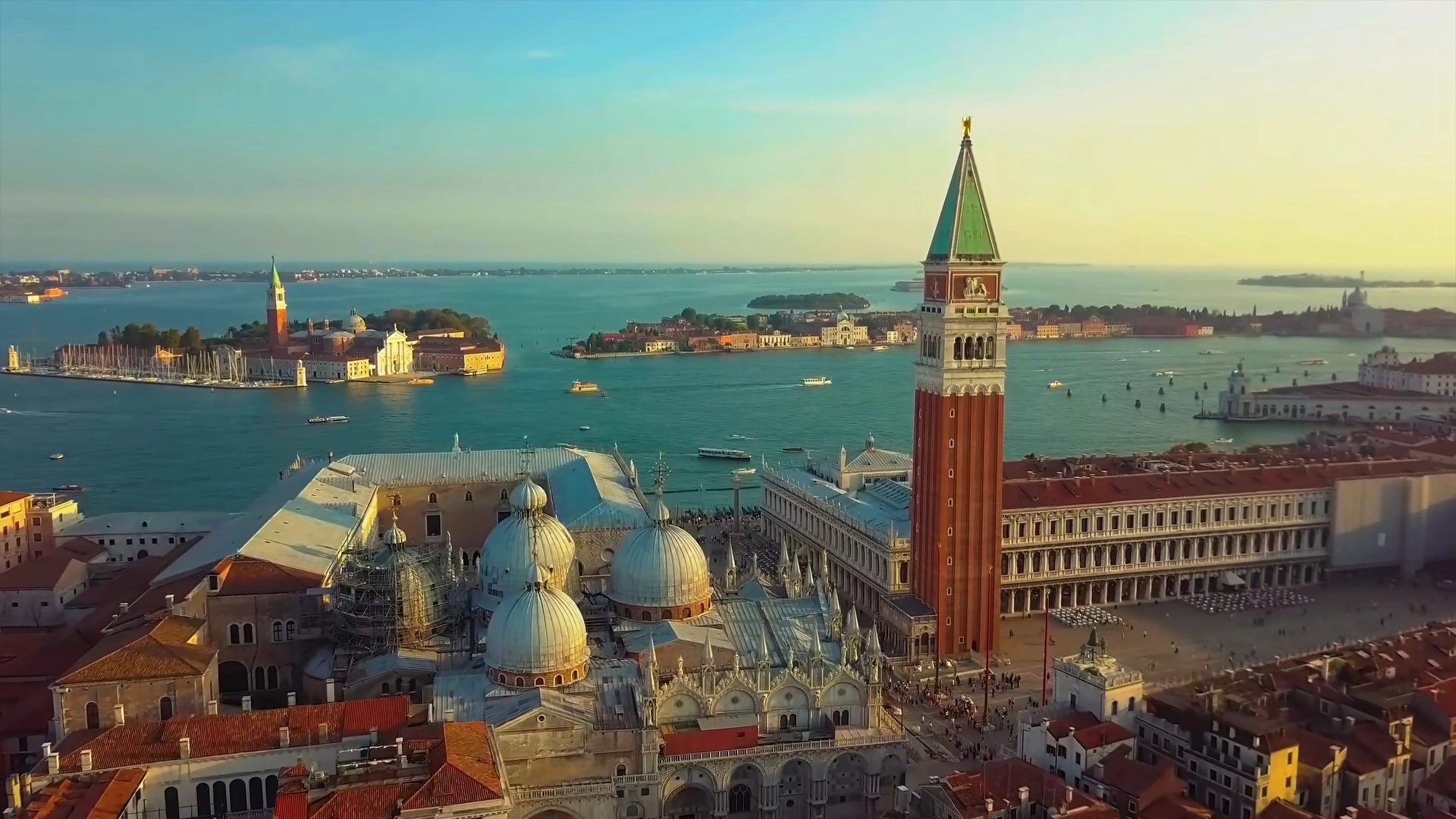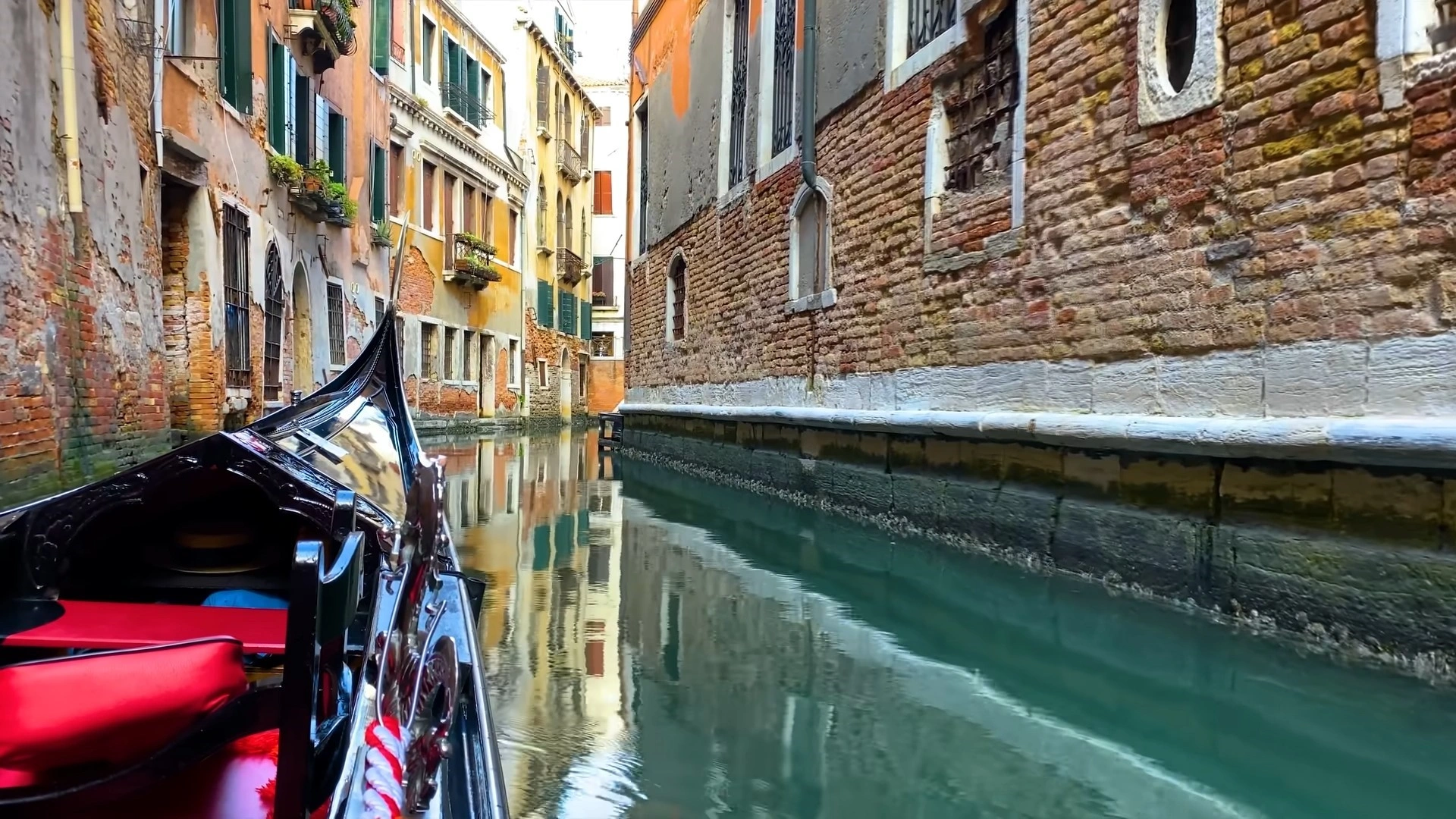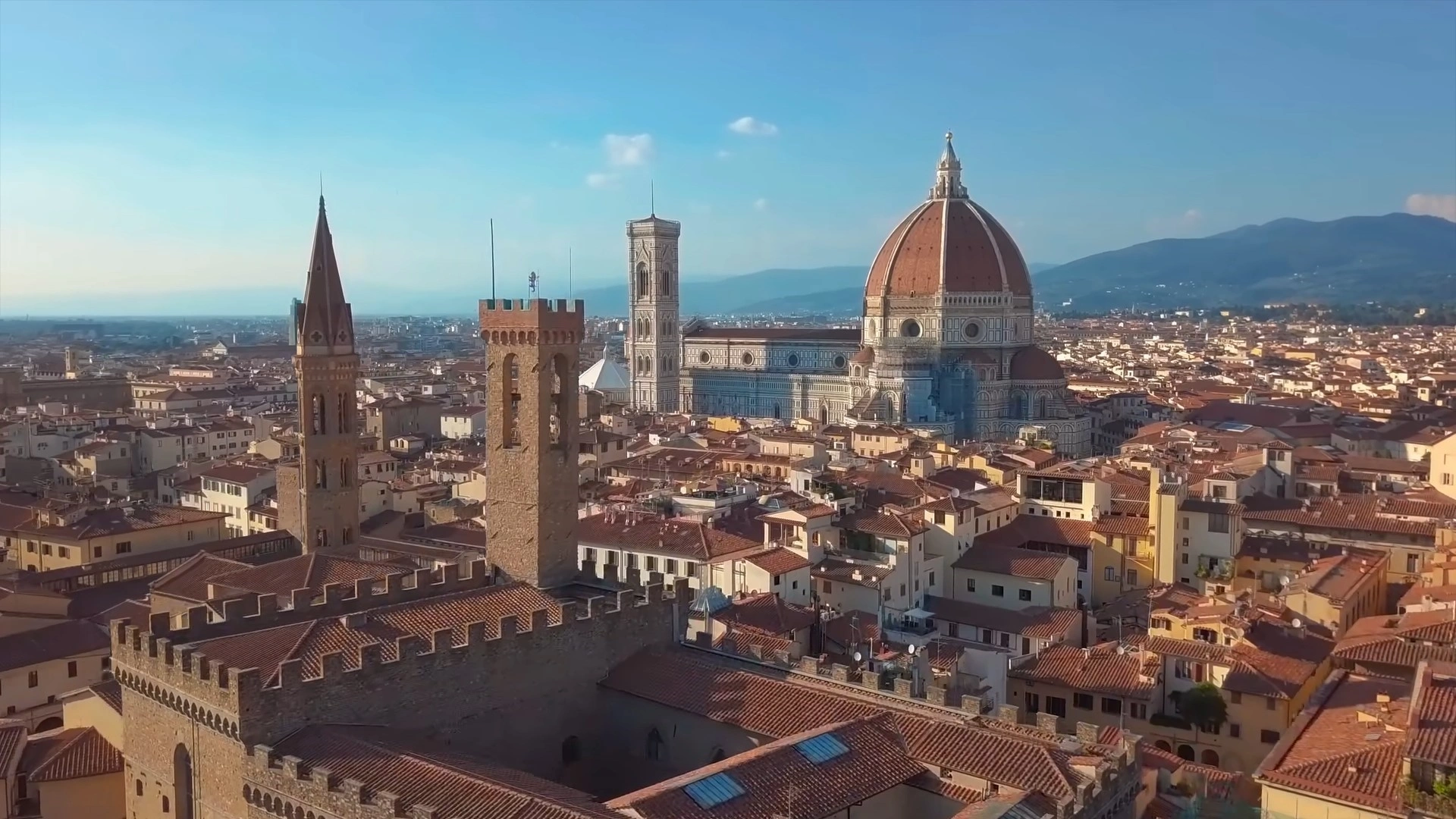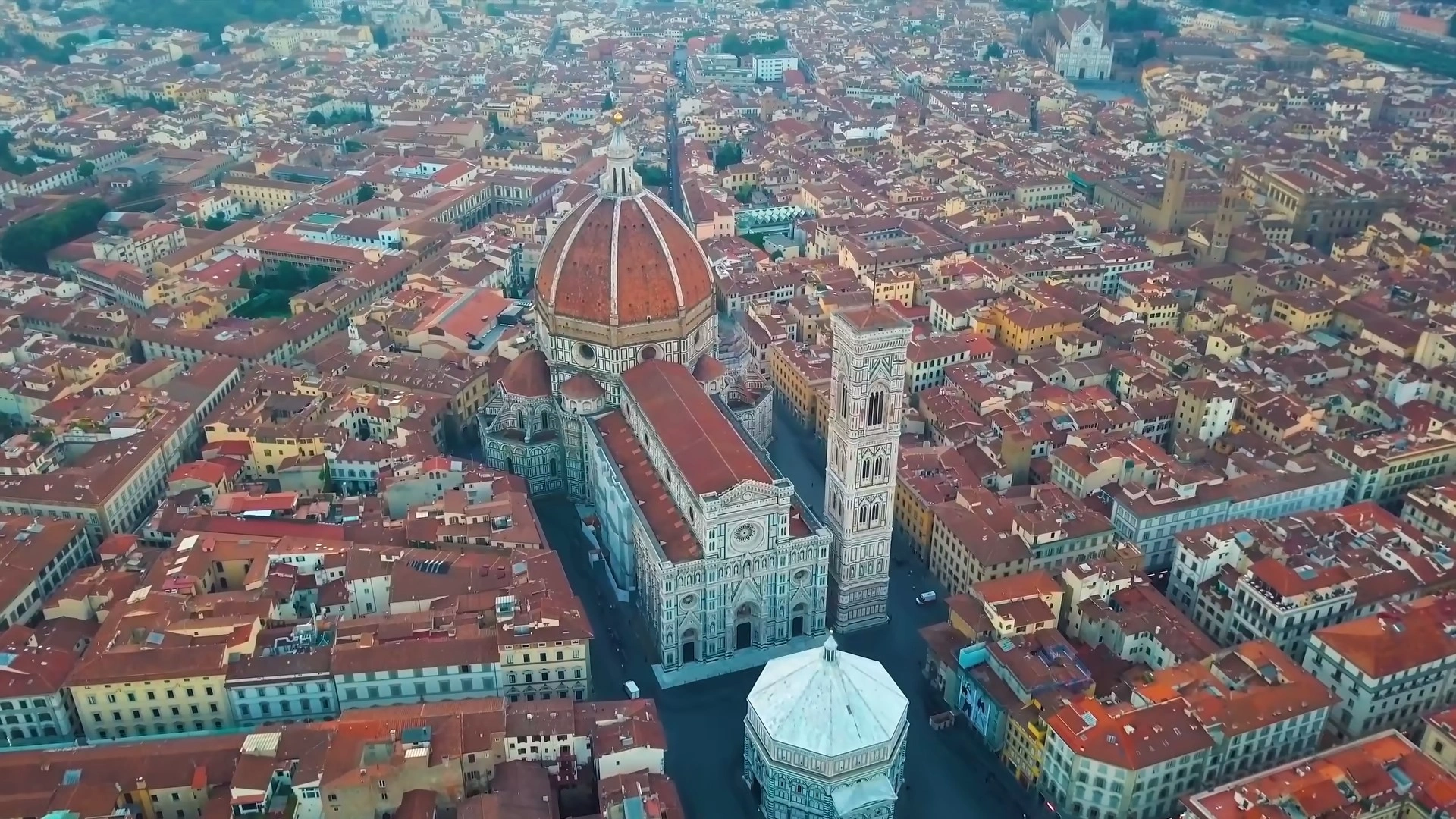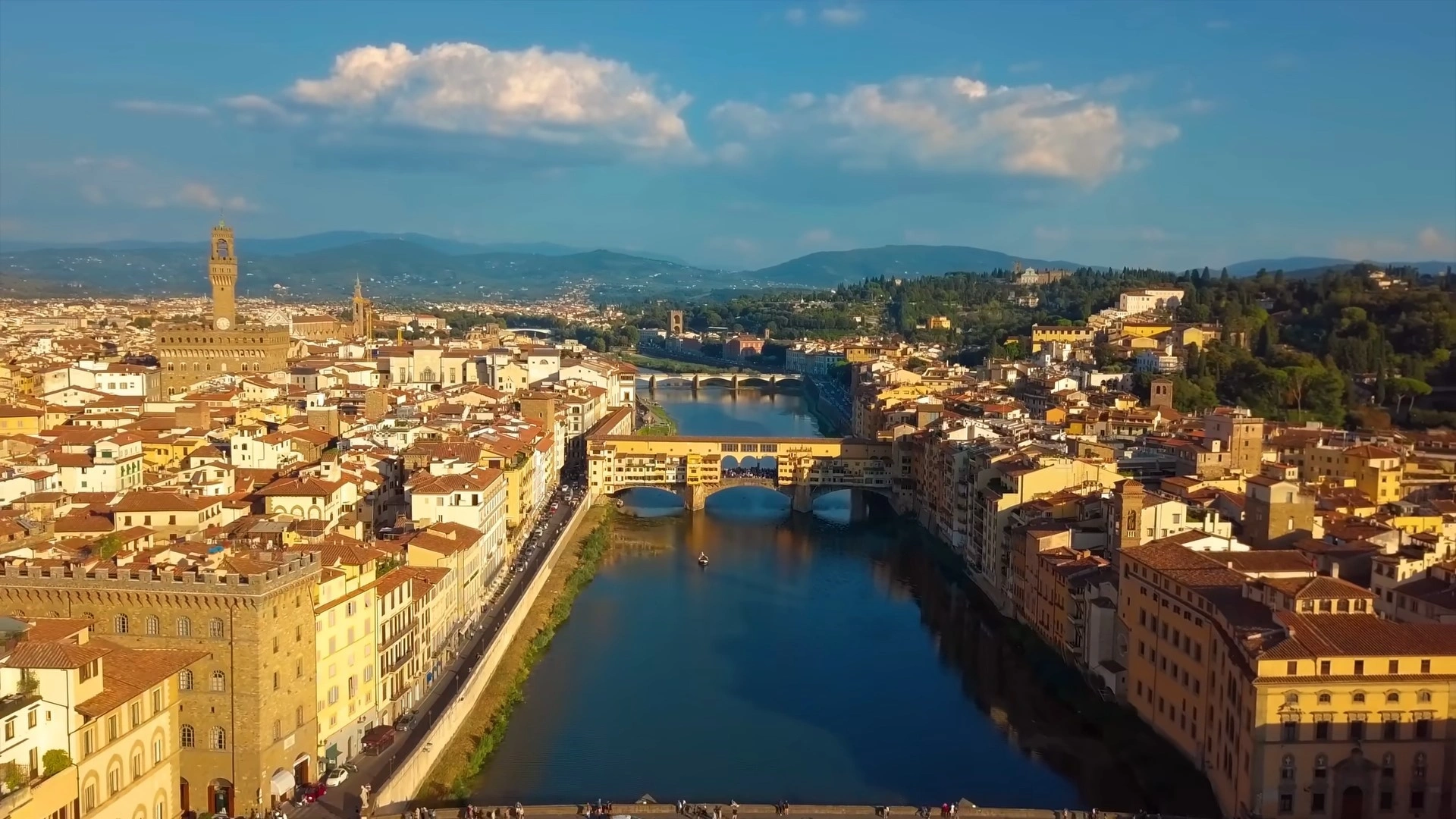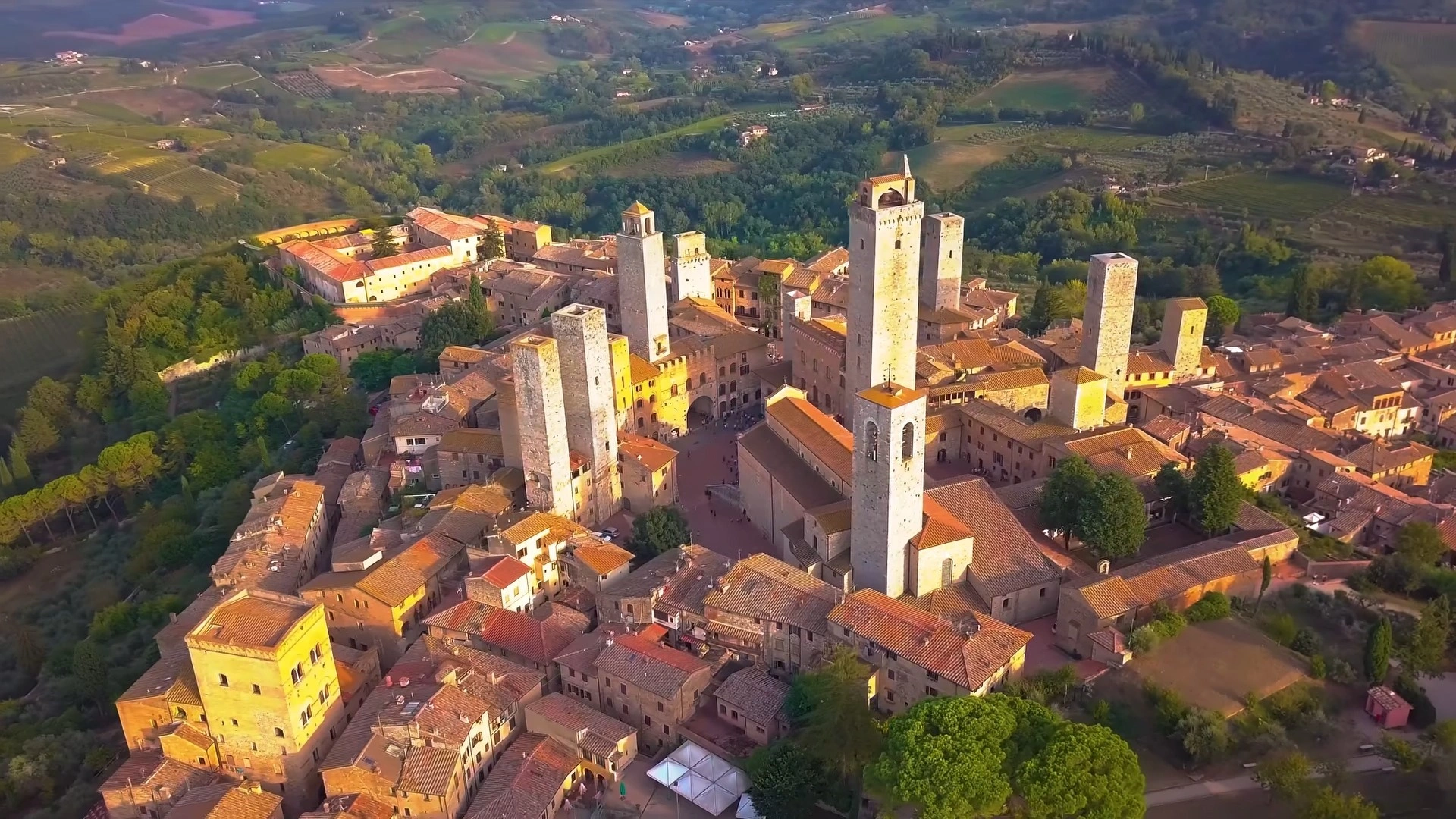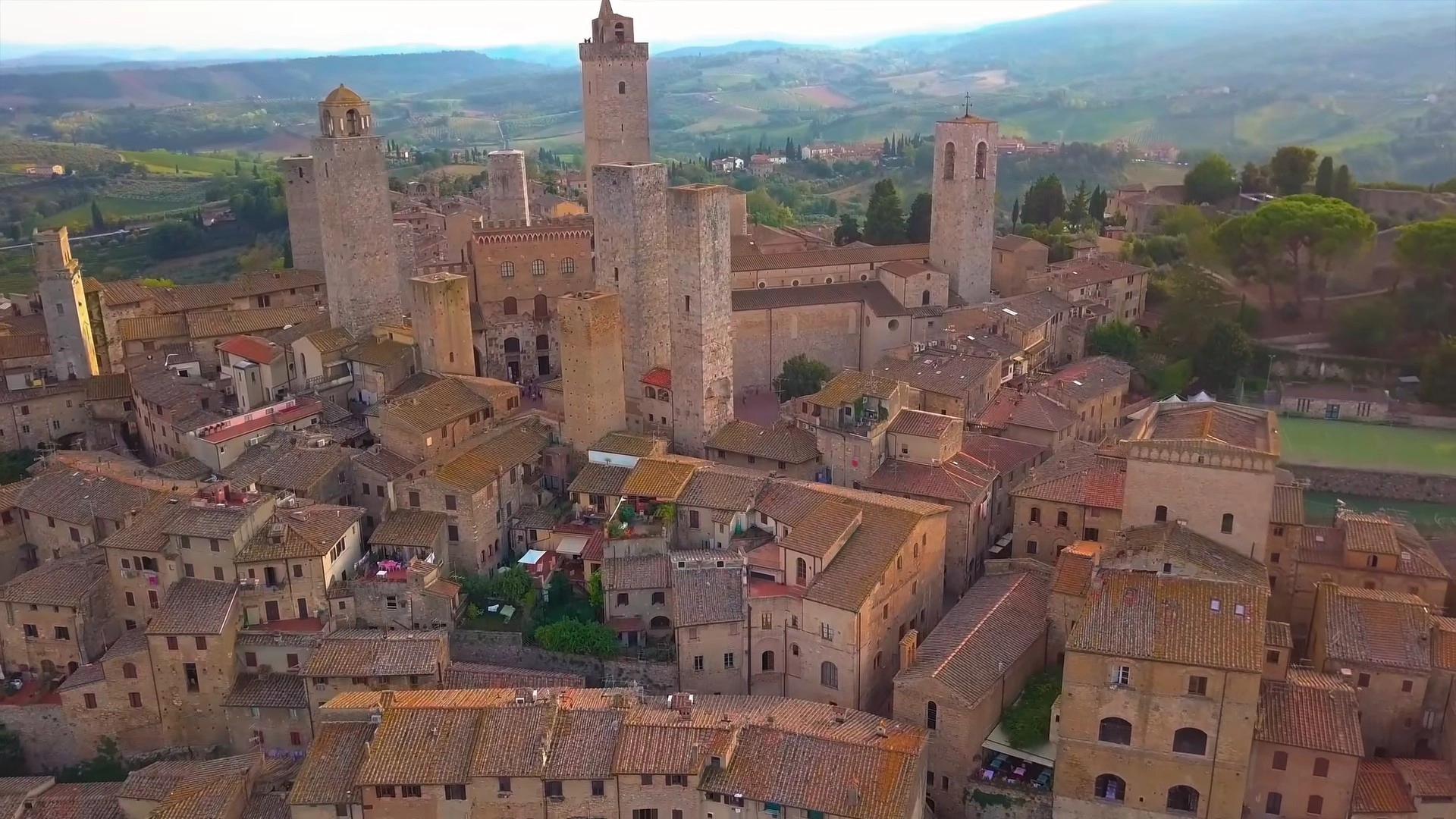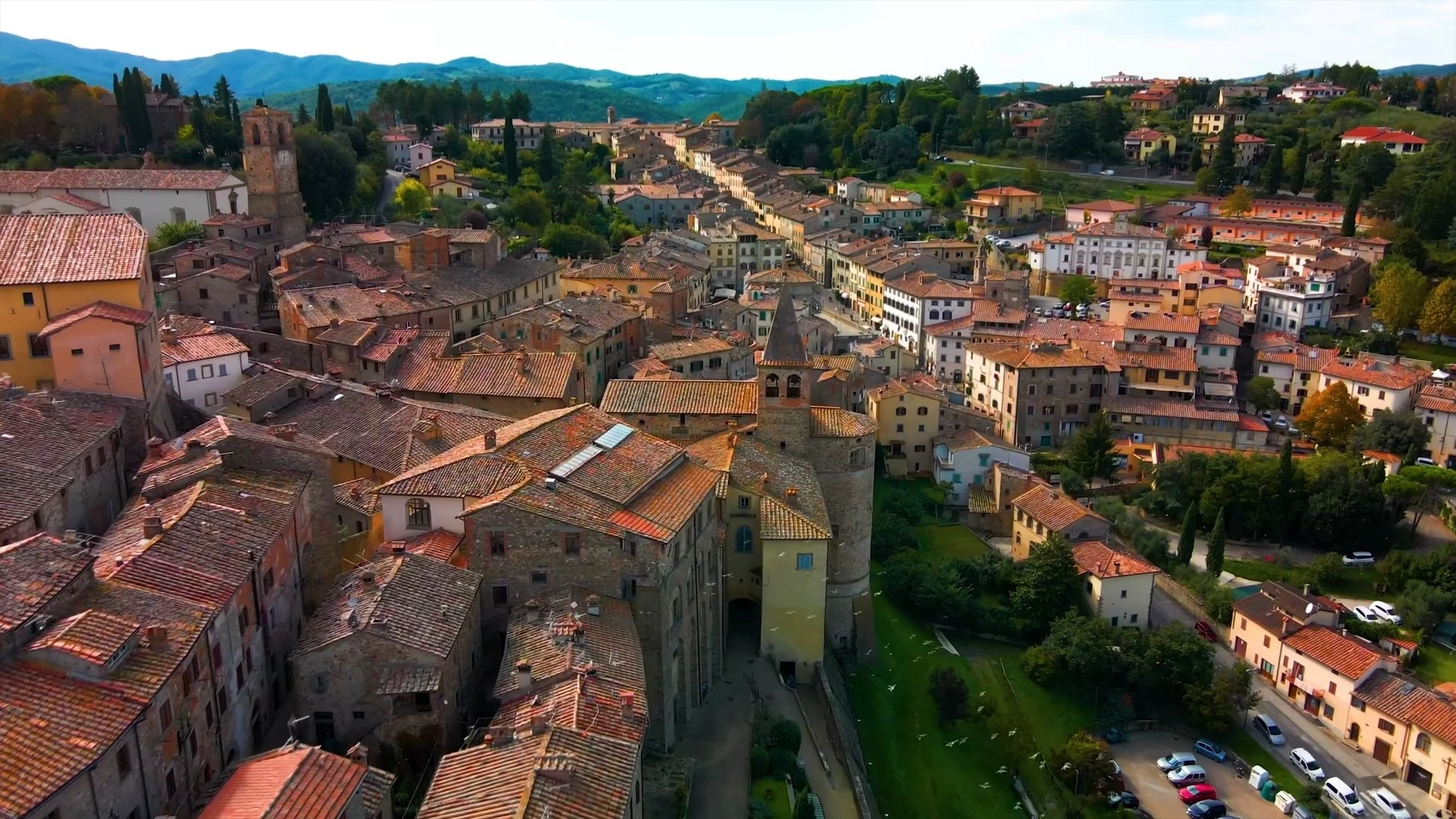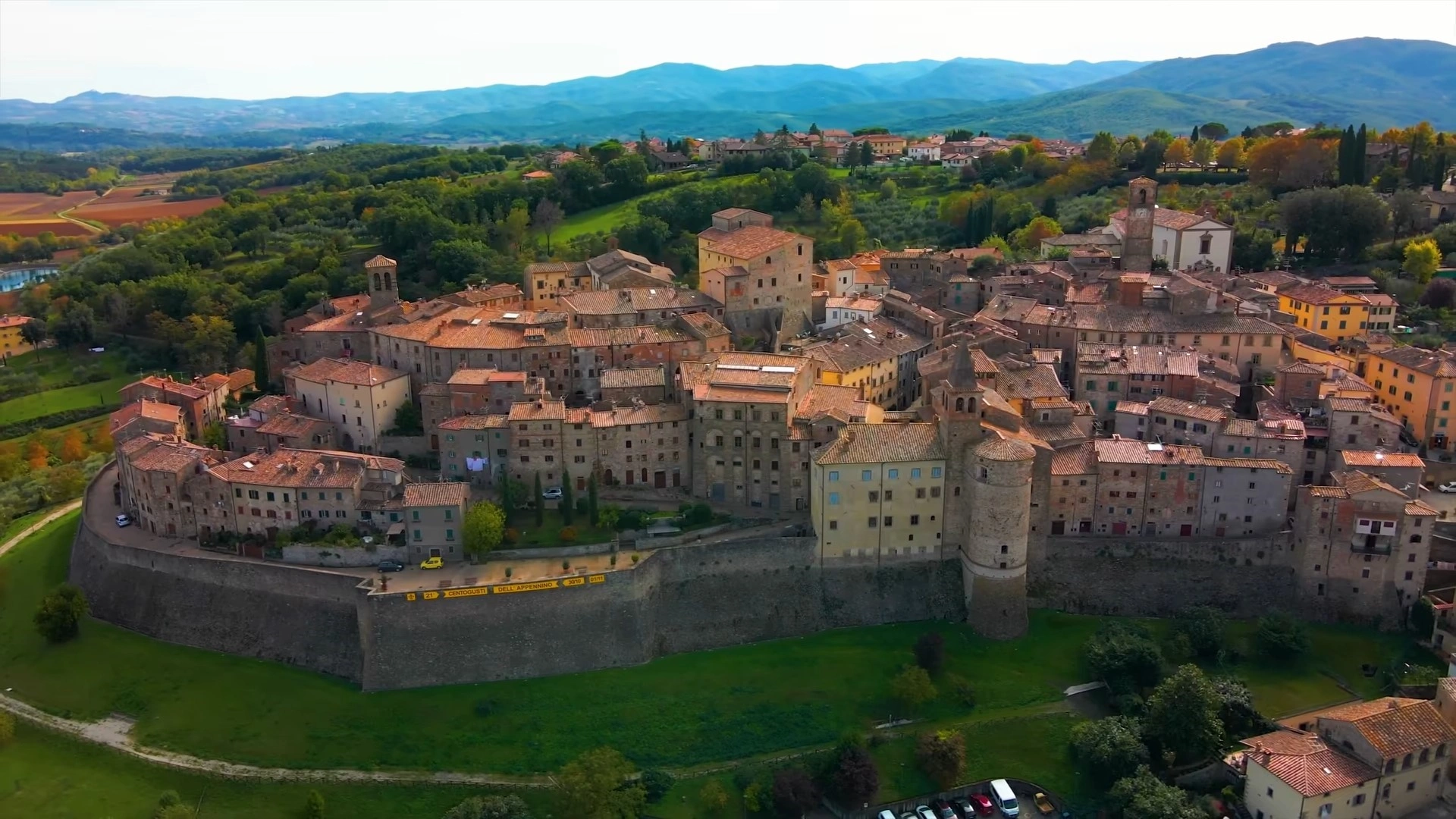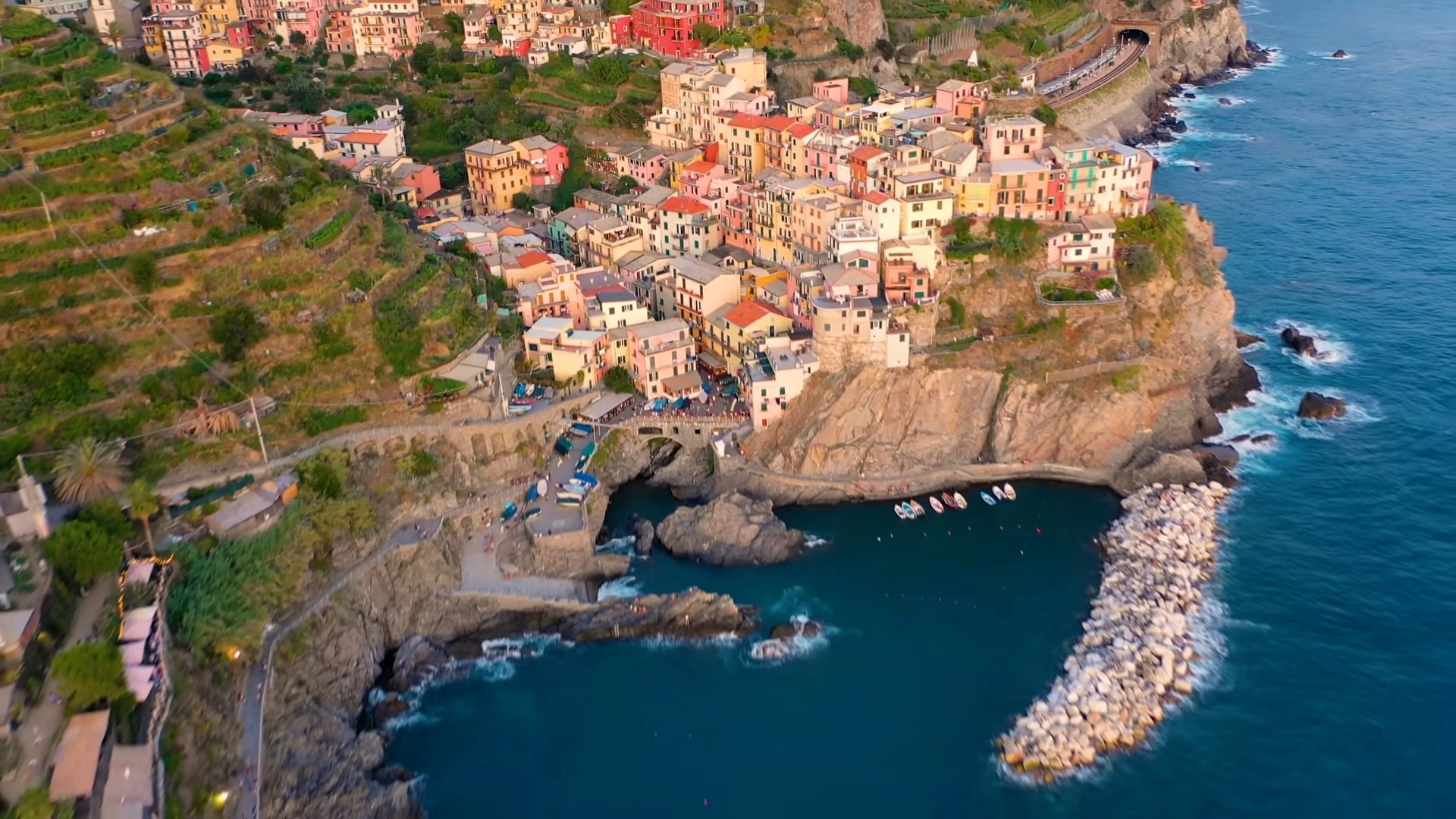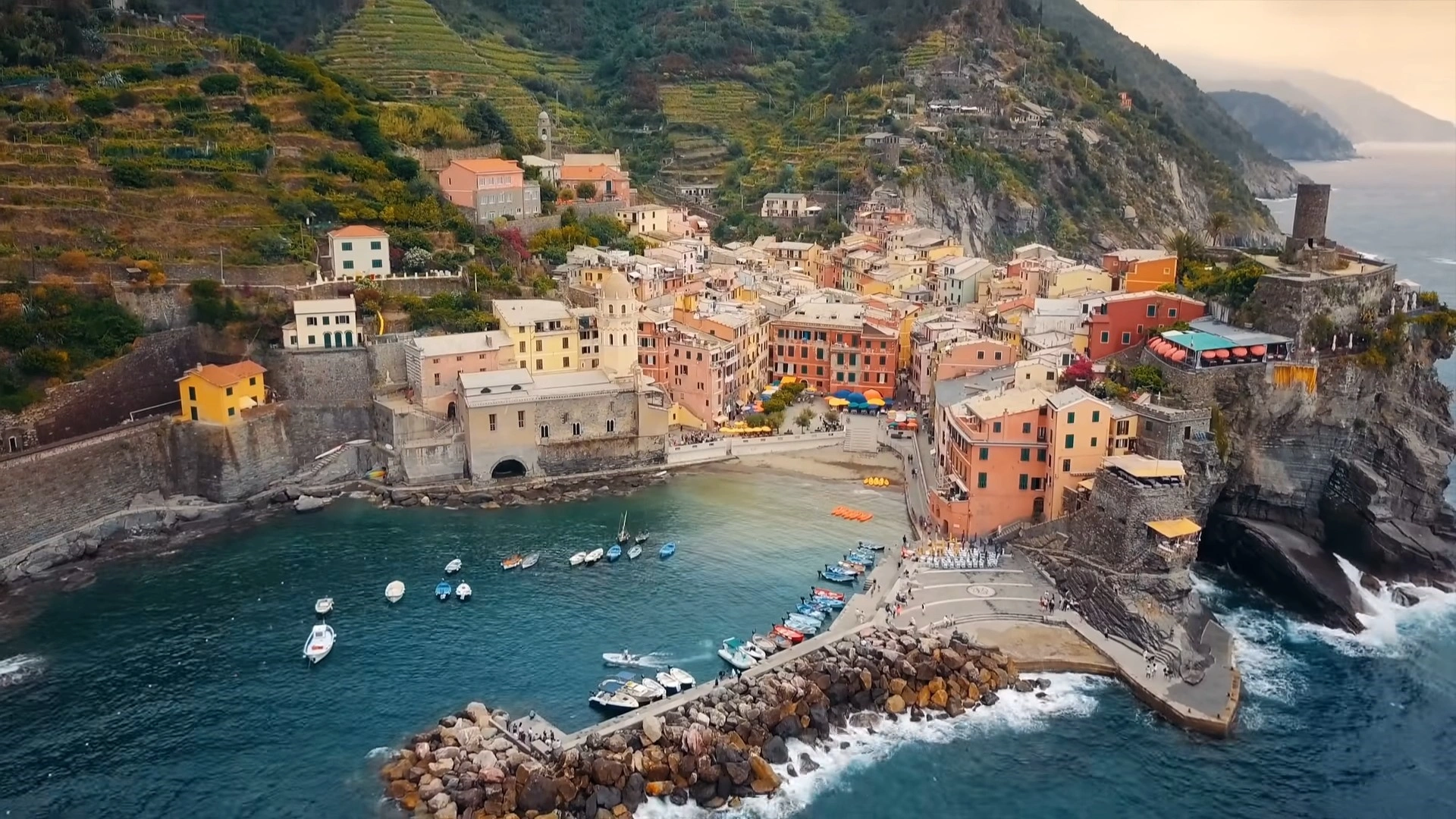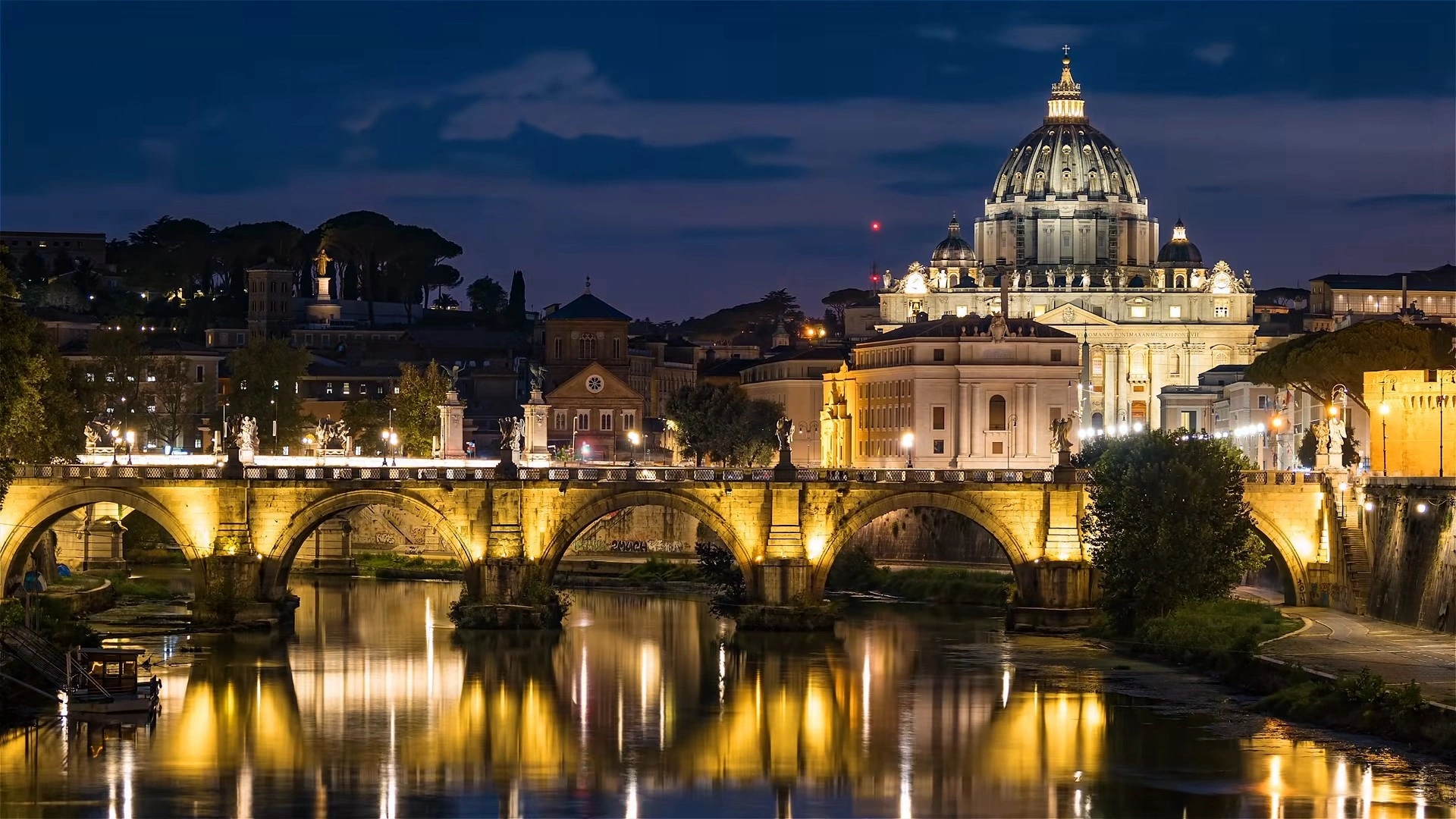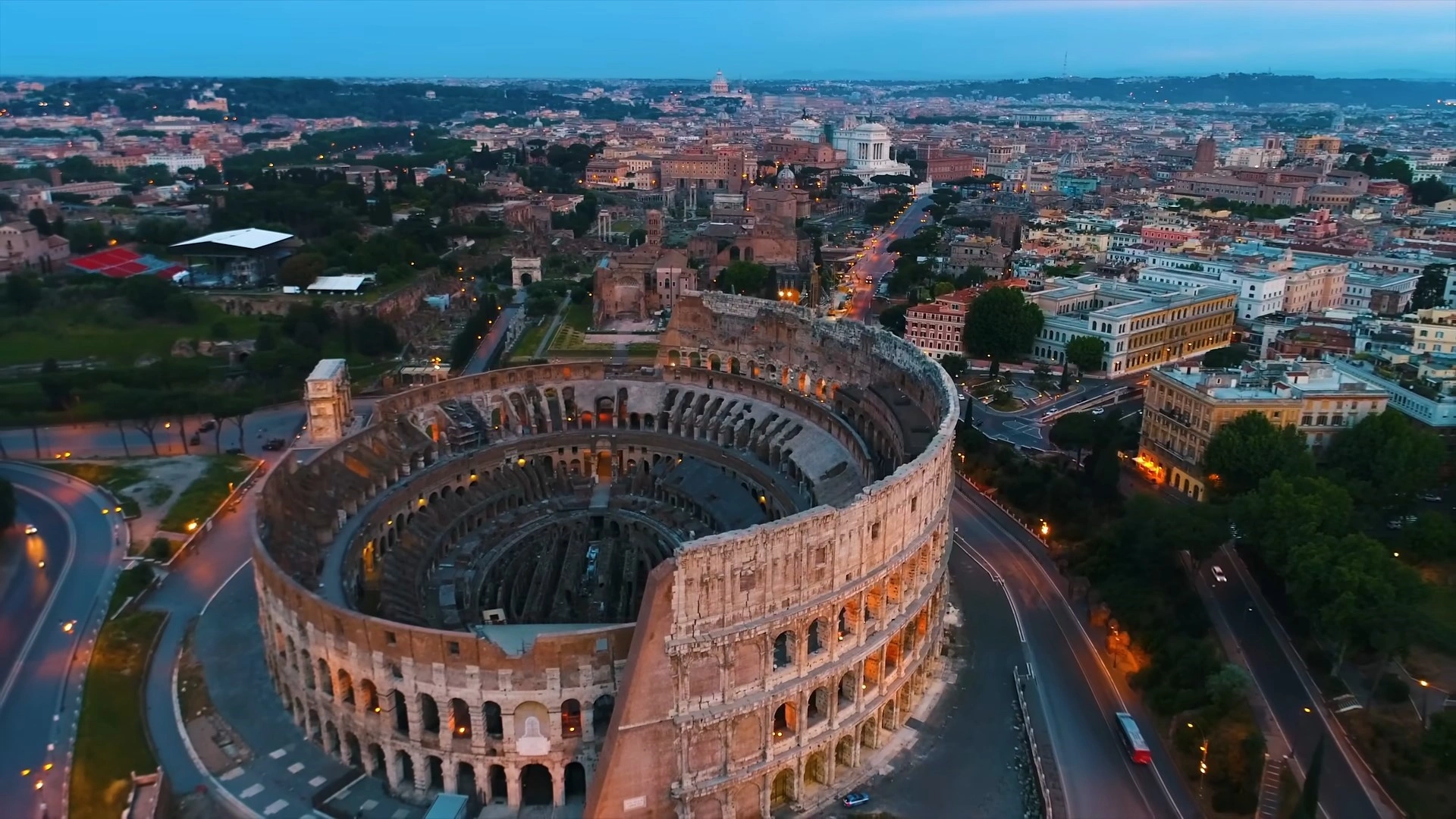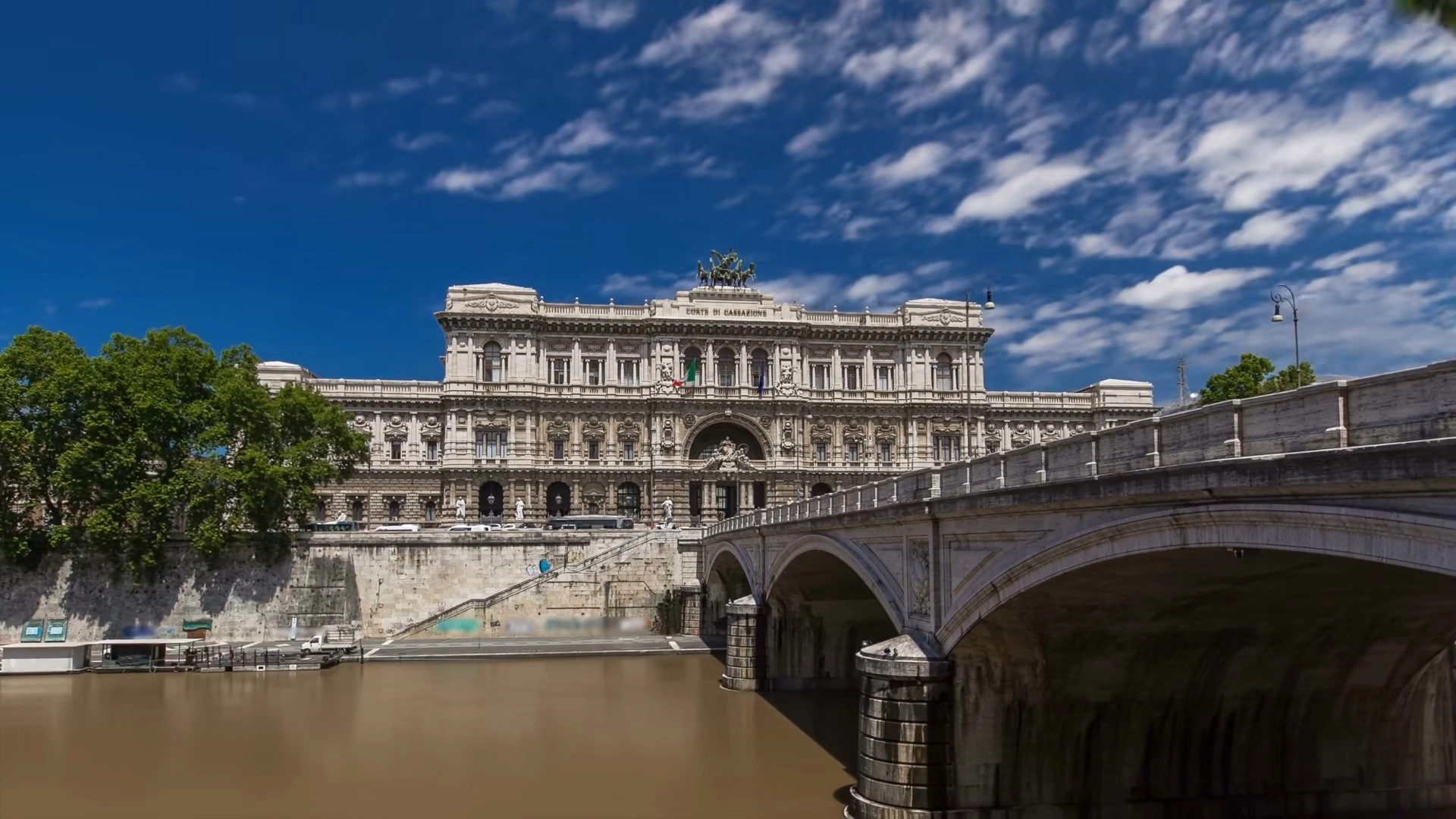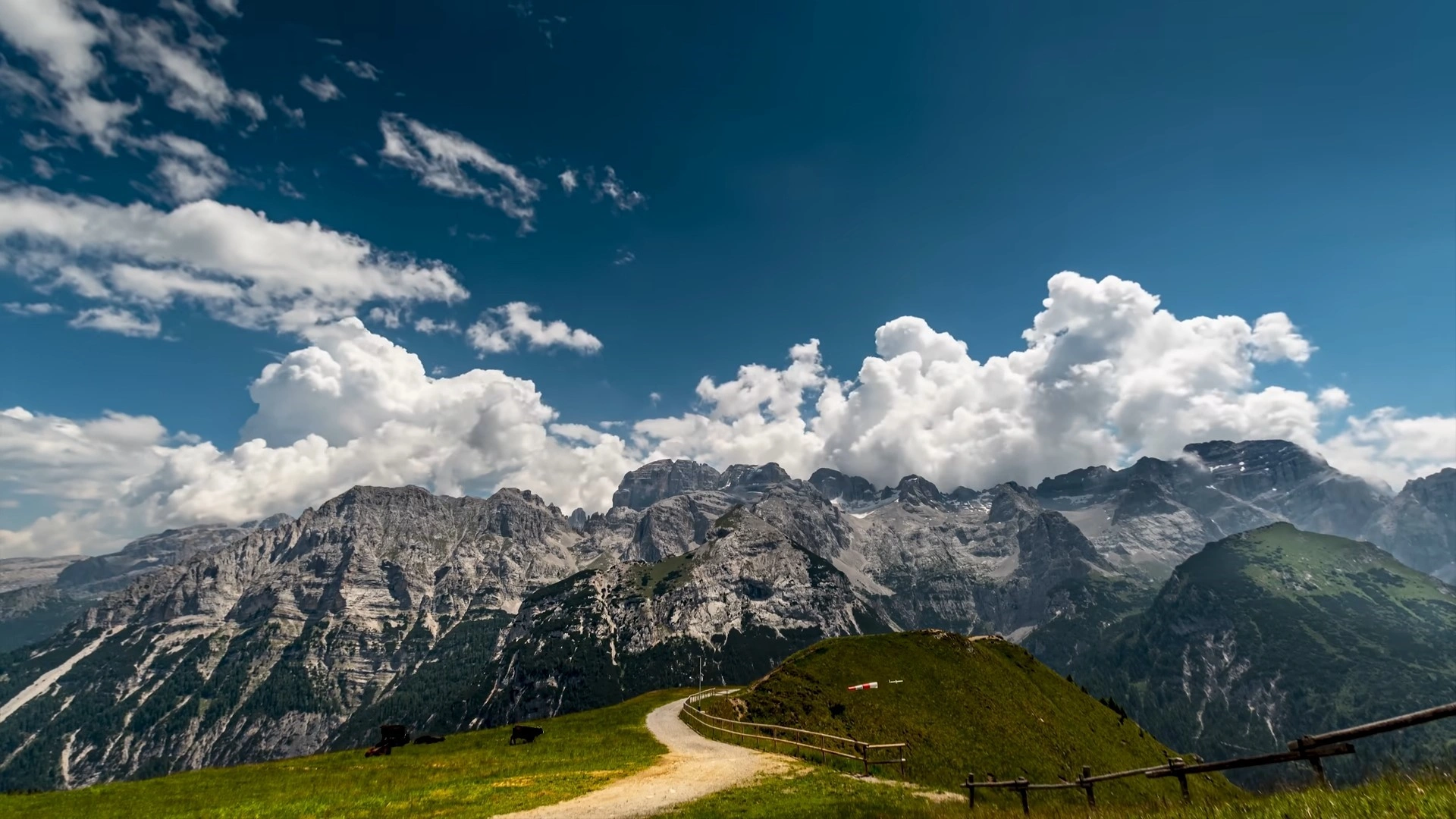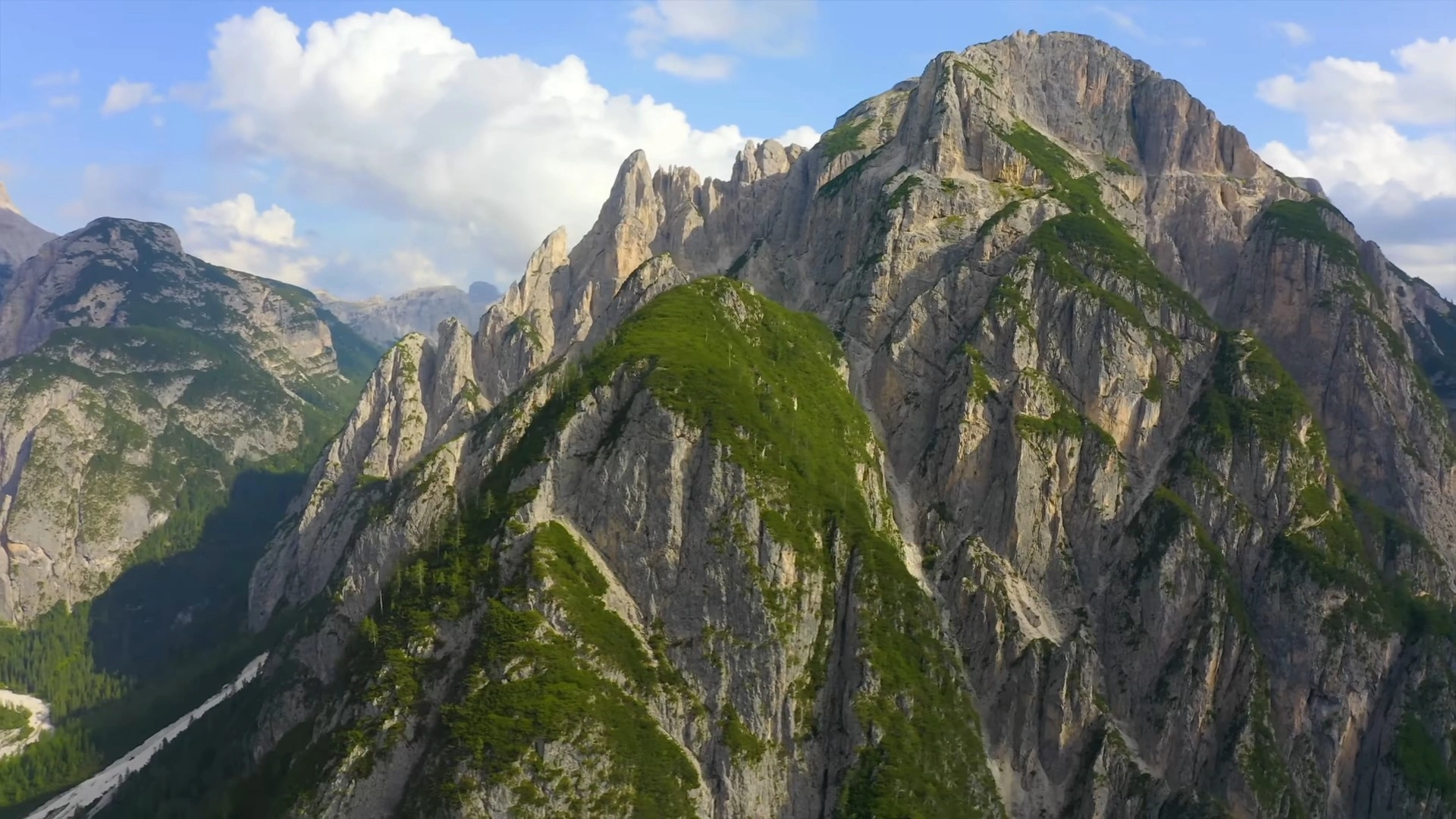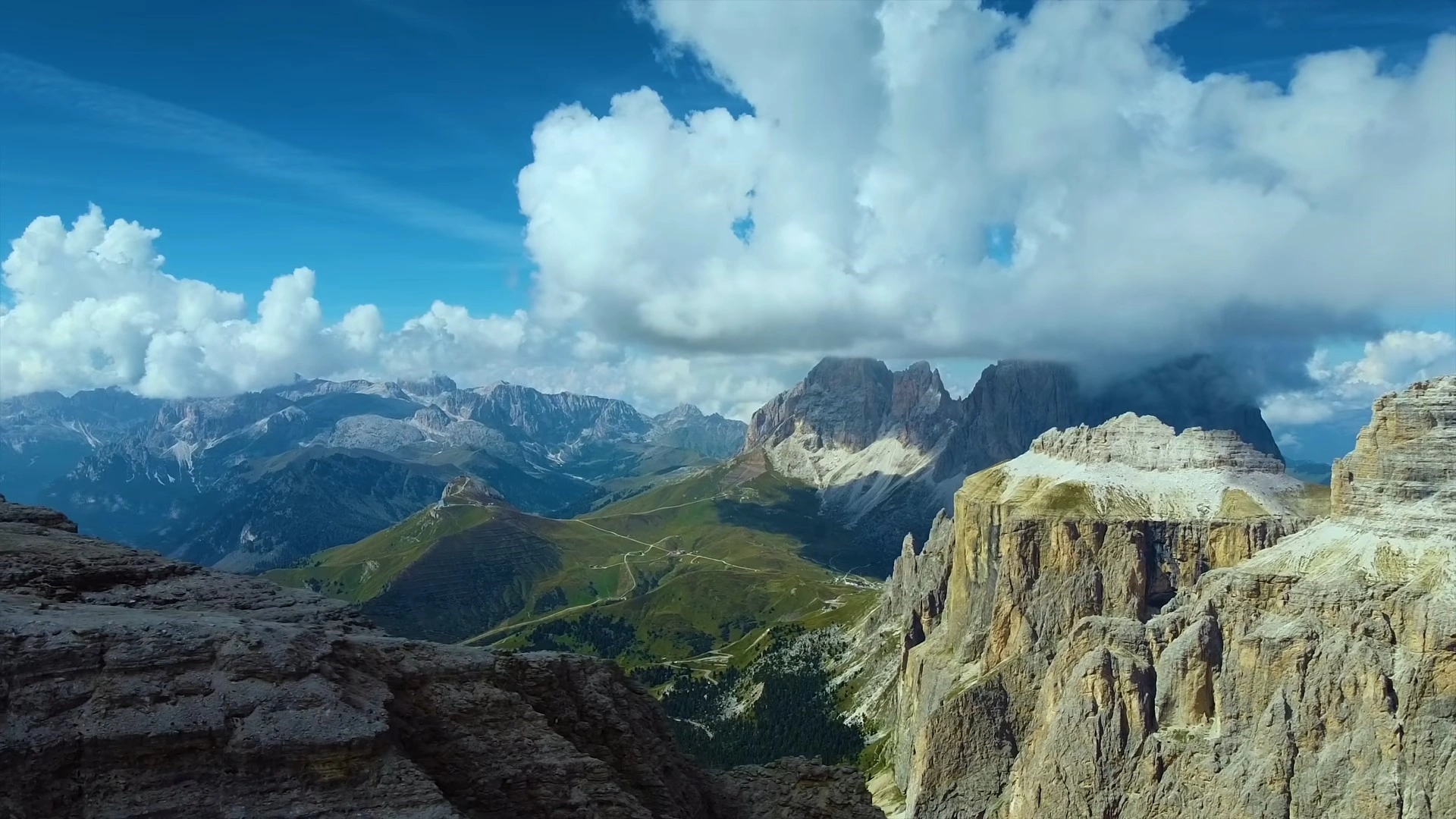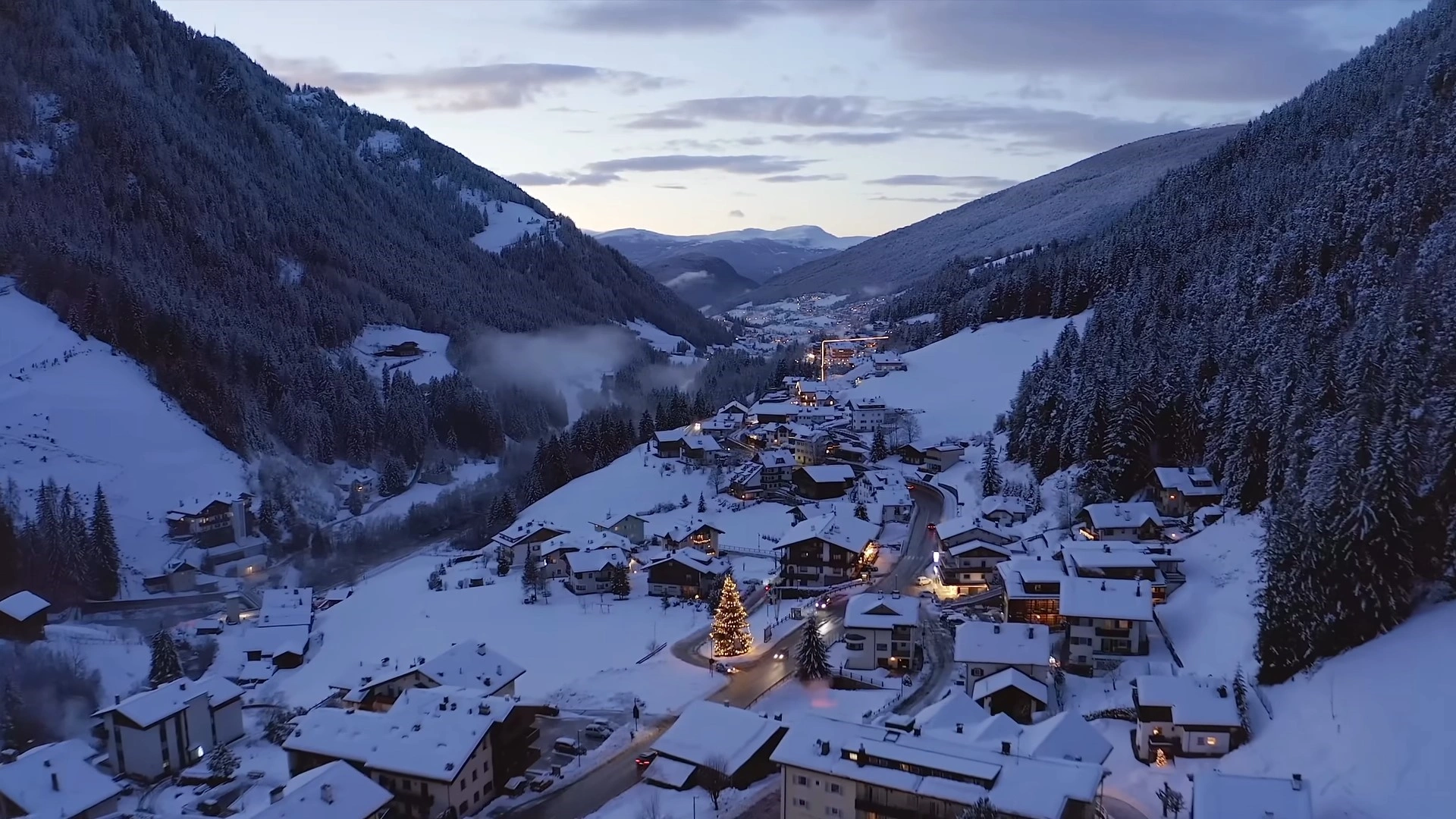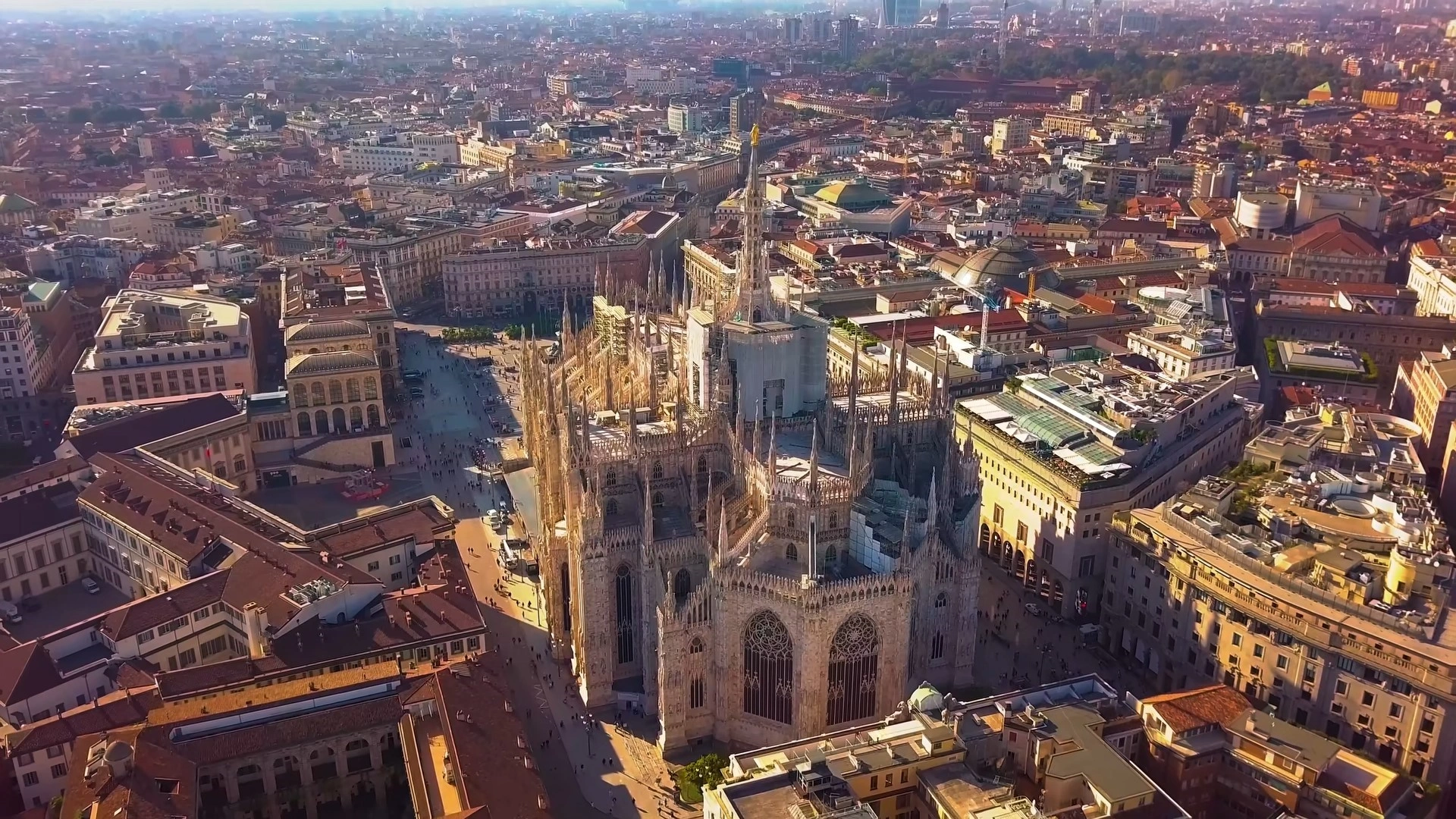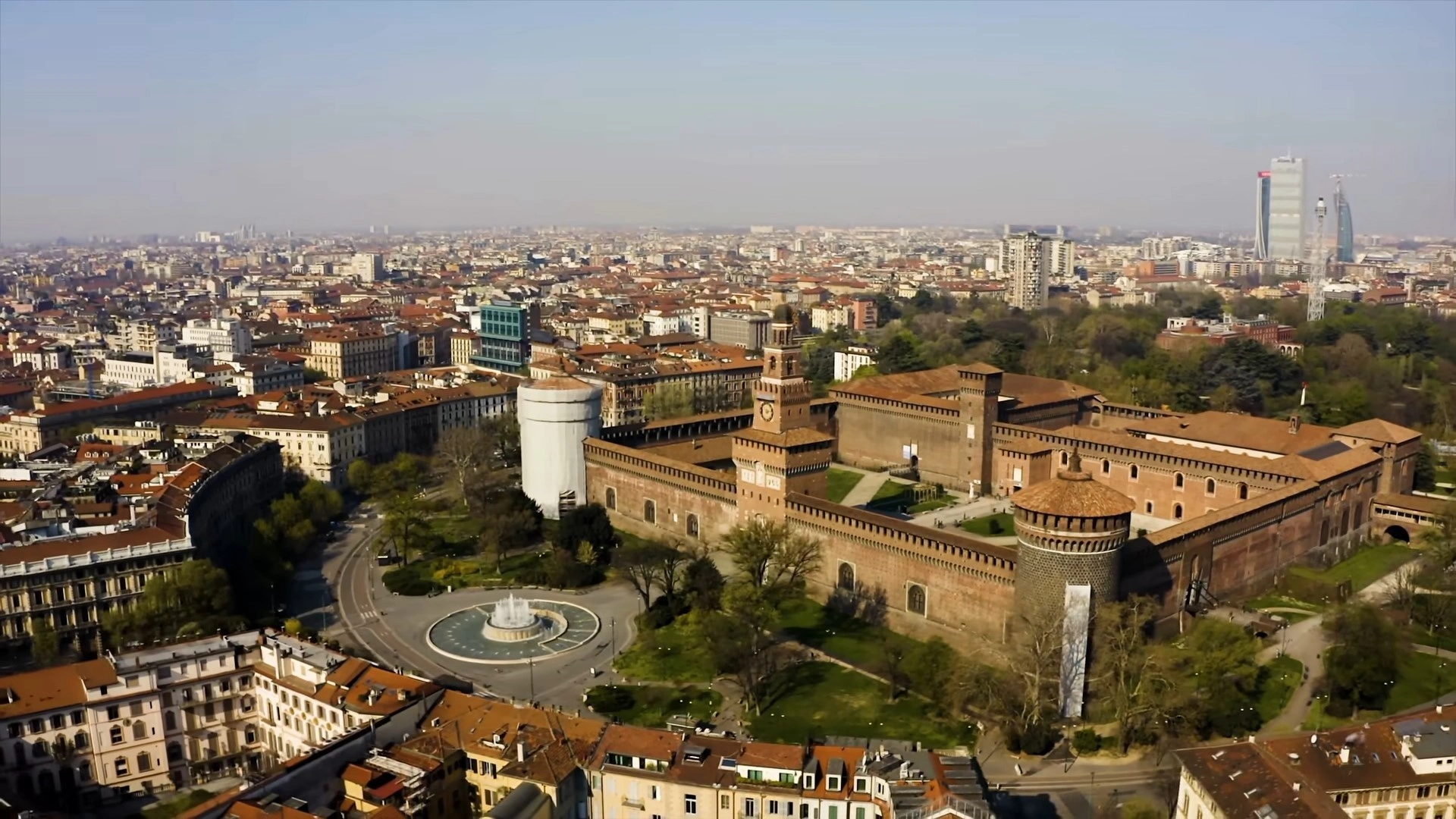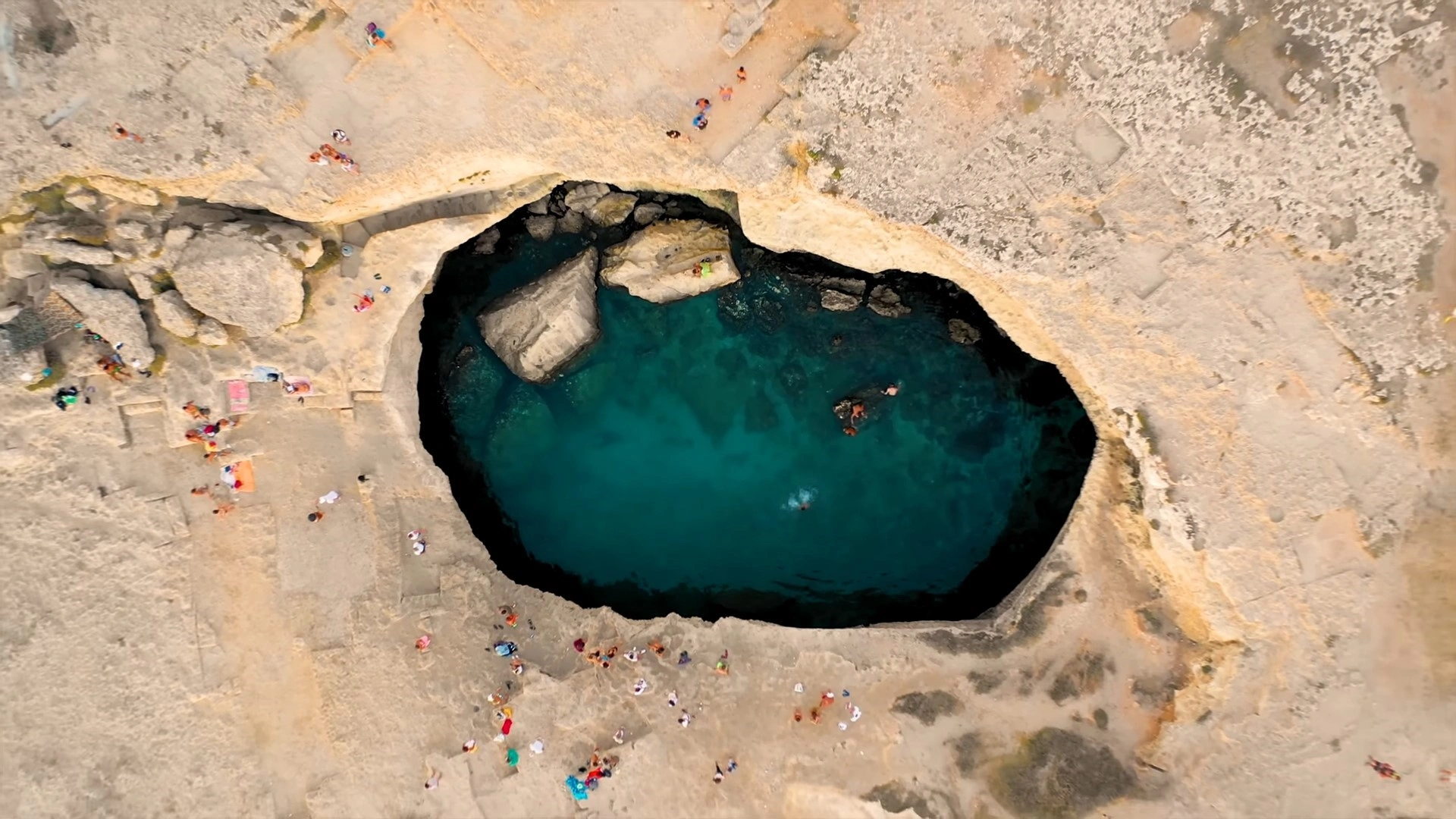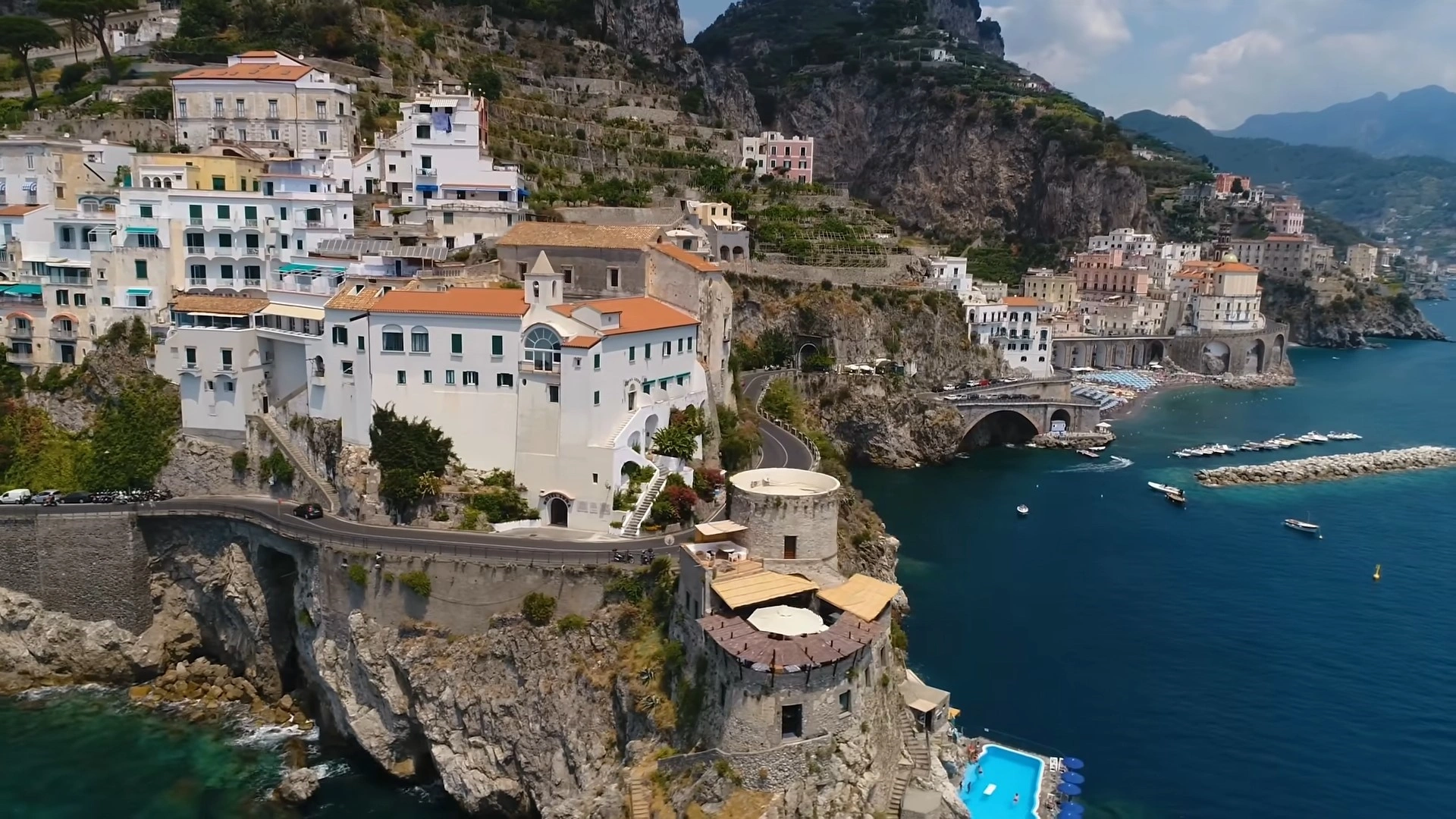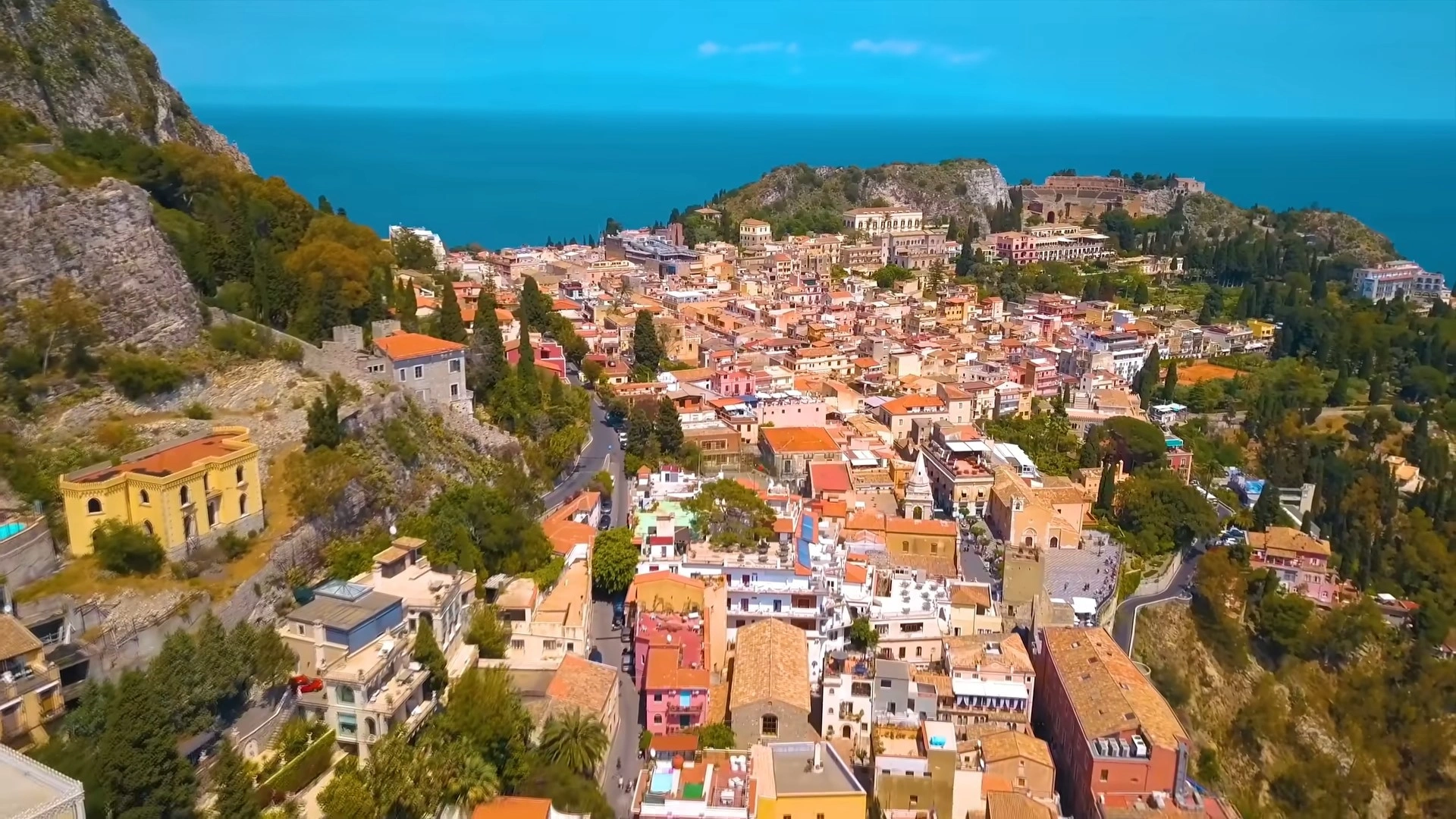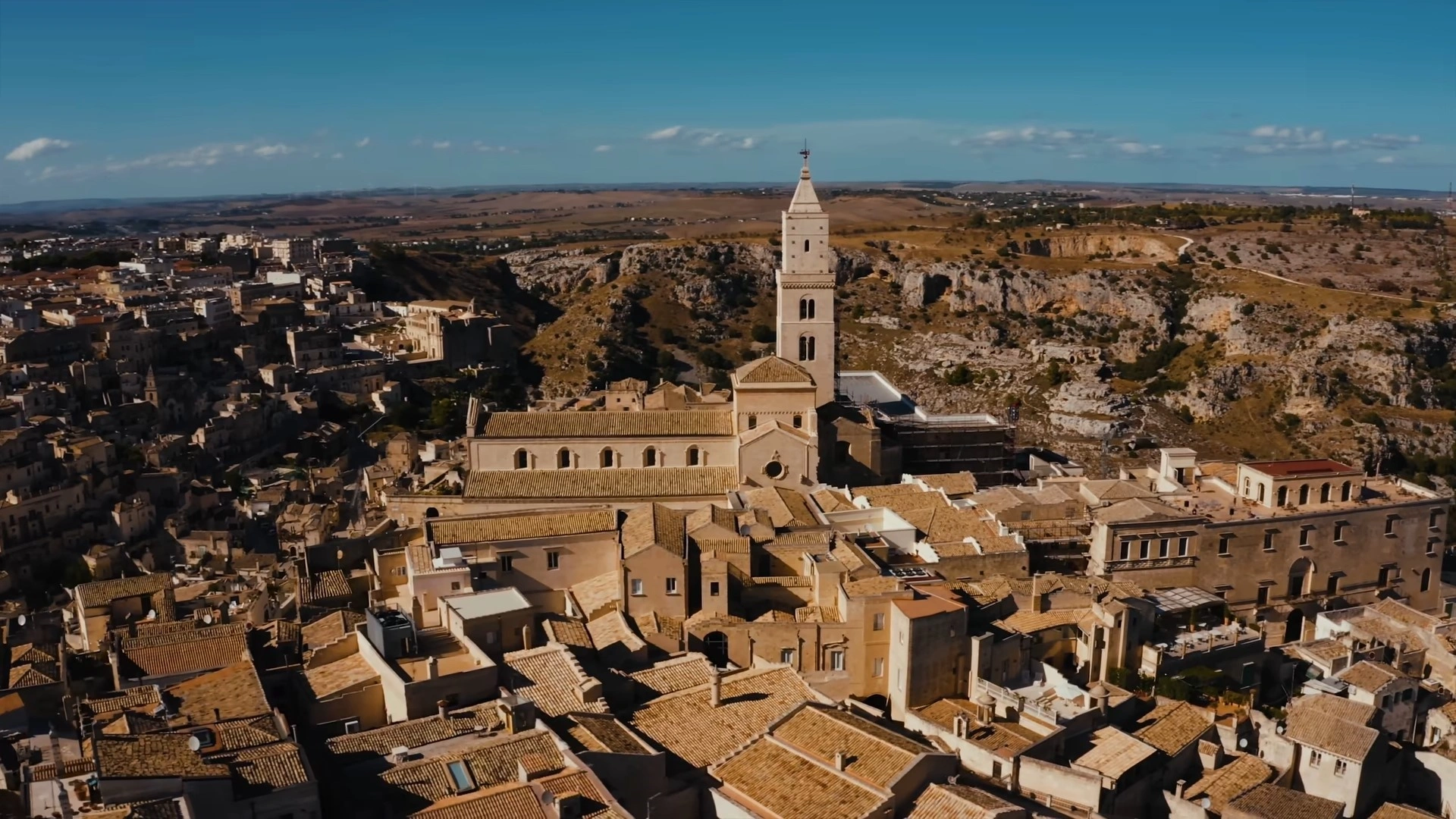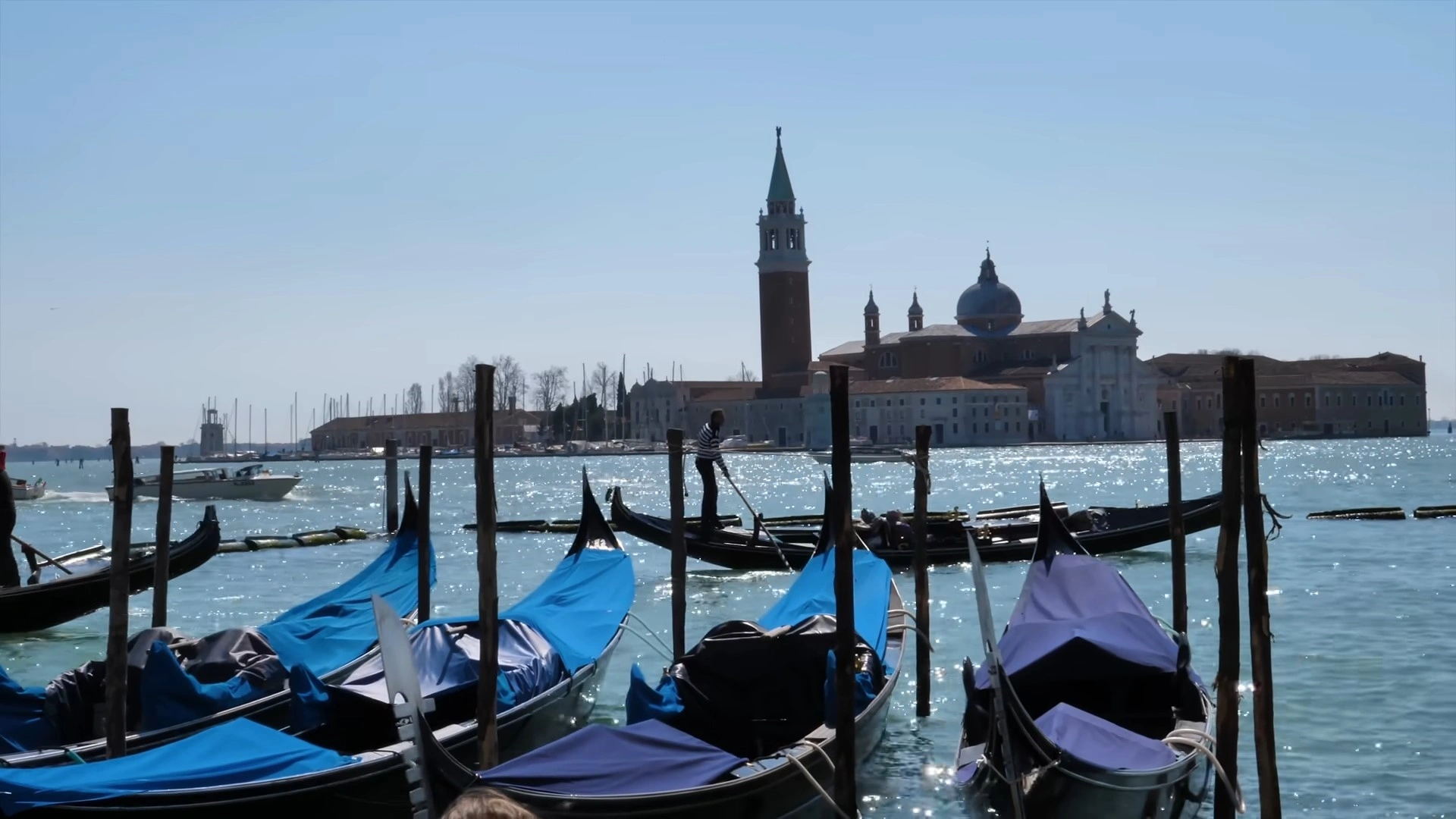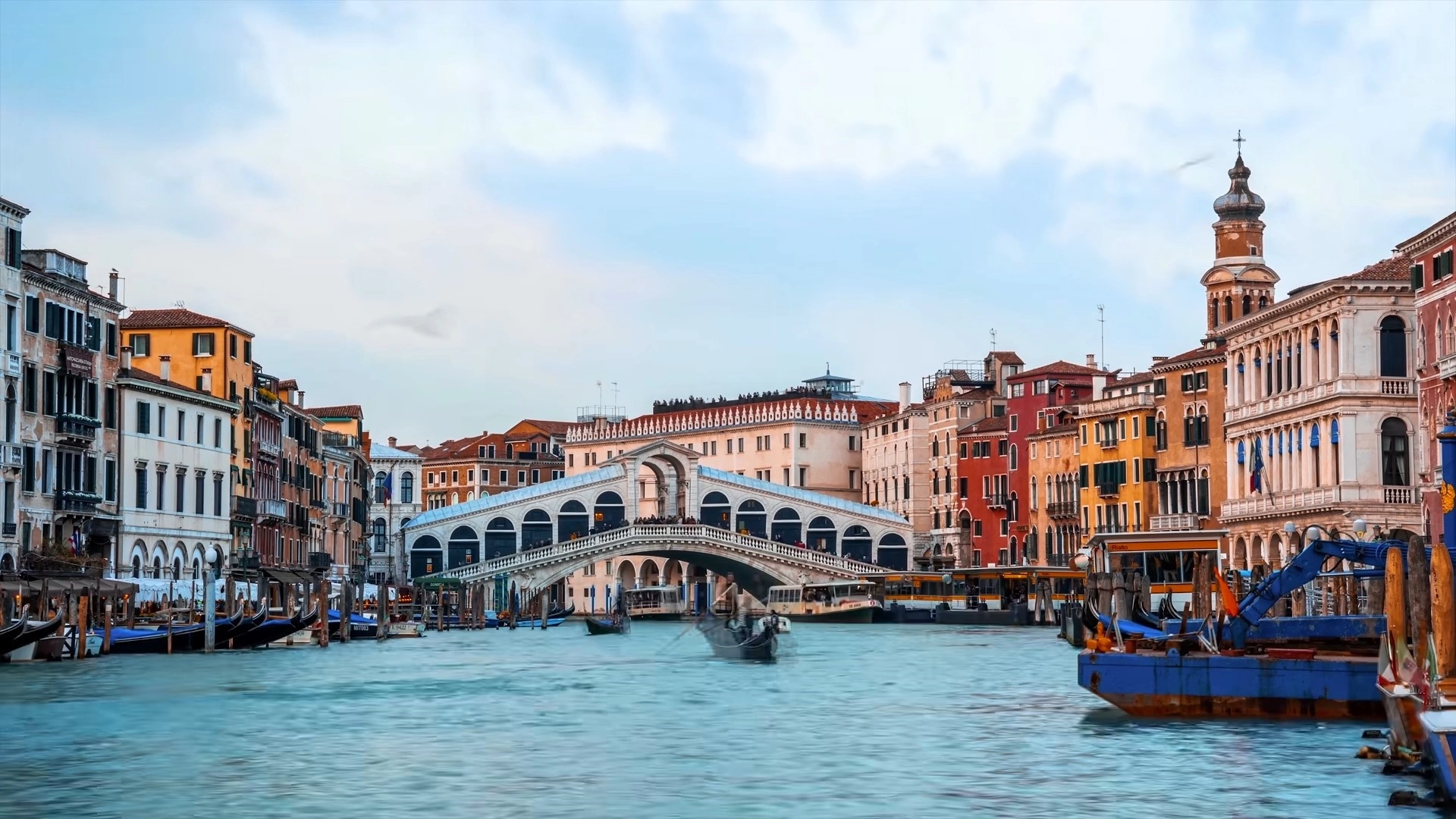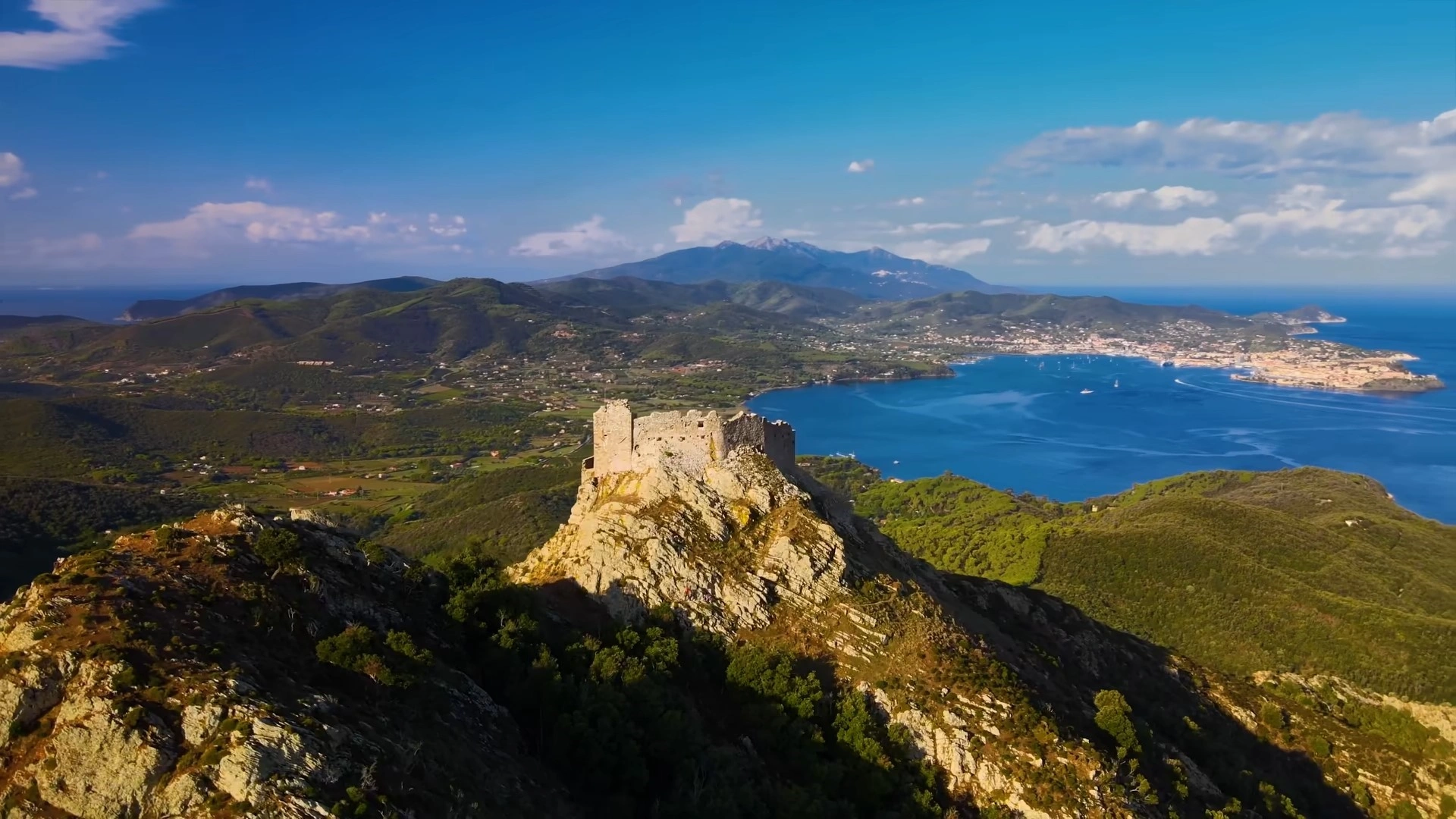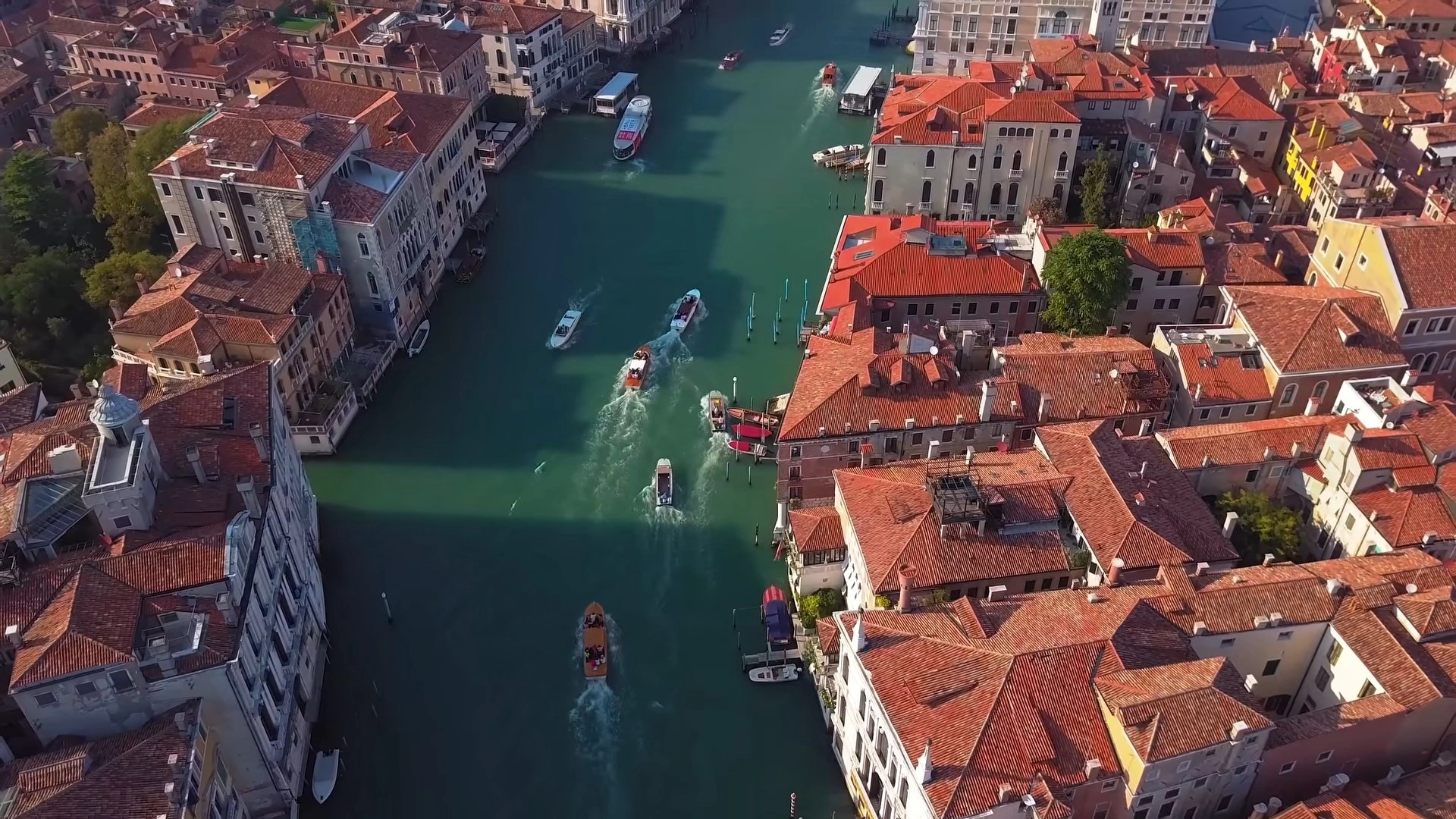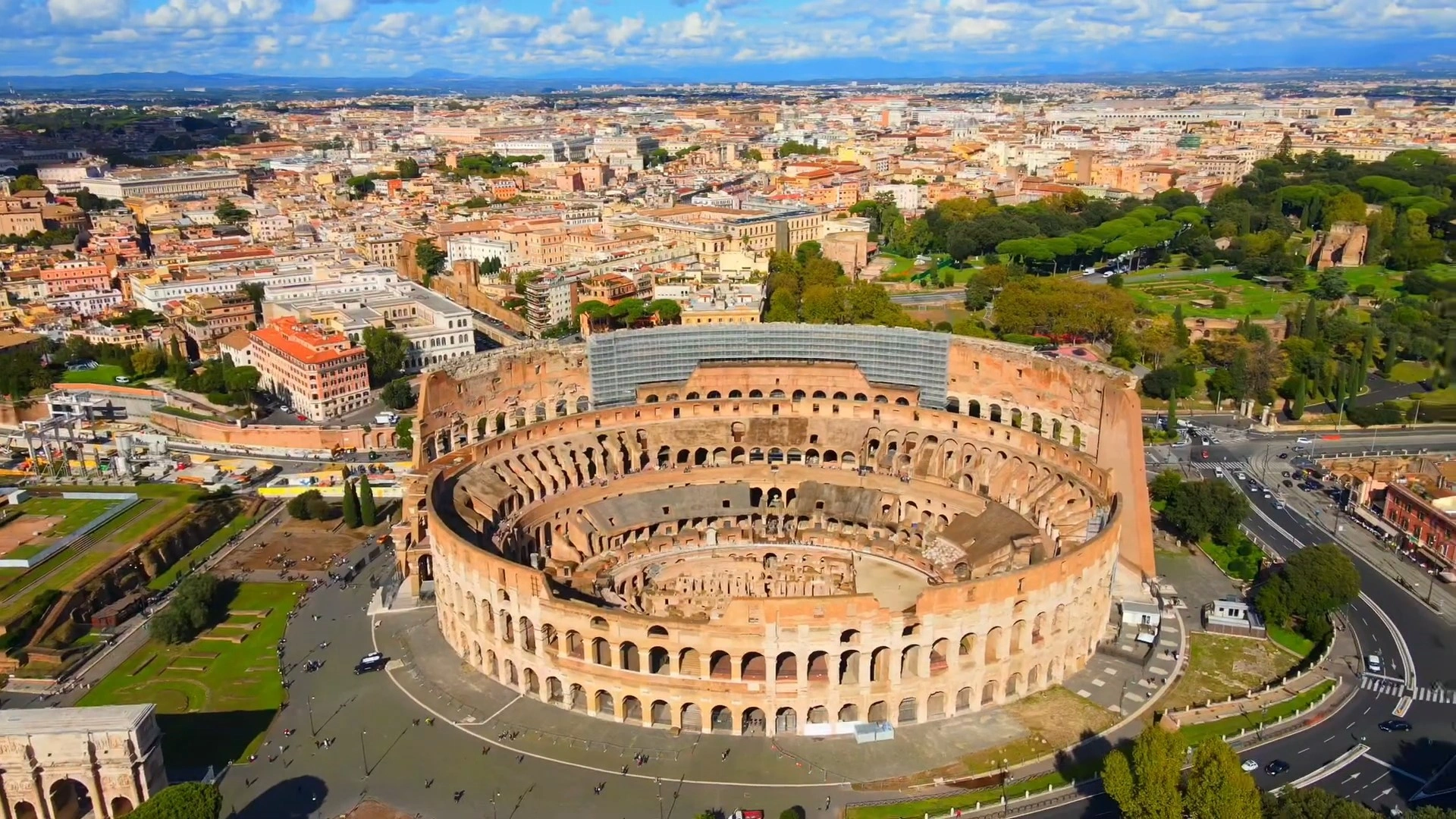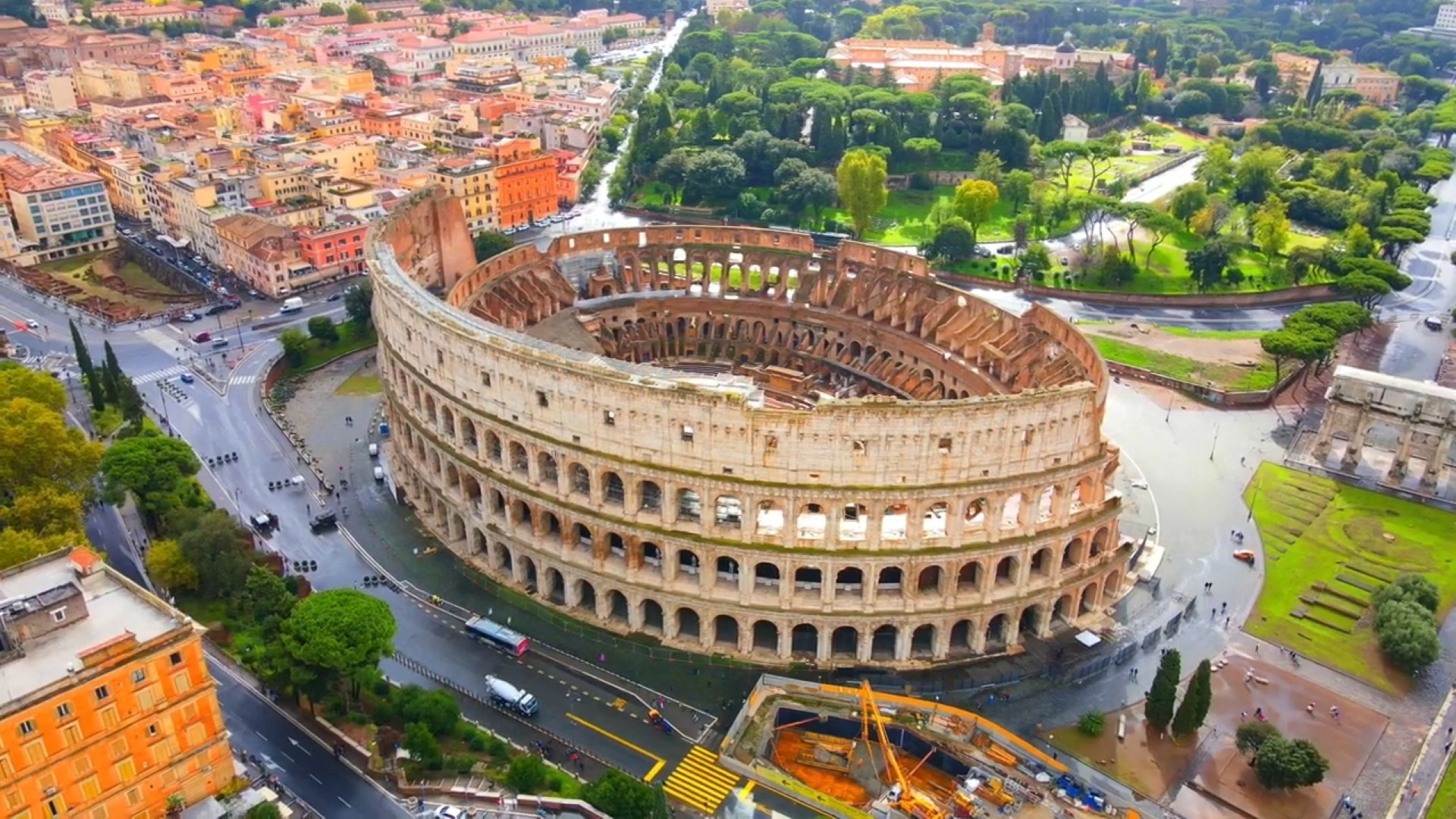Rome is a city that needs no presentation. With its rich history, staggering engineering, and, obviously, heavenly cuisine, it’s no big surprise why a huge number of explorers rush to the Eternal City each year. Whether you’re a history buff looking to investigate old demolishes, a foodie anxious to test credible Italian dishes, or just somebody in search of a beautiful escape, Rome brings something to the table for everybody.
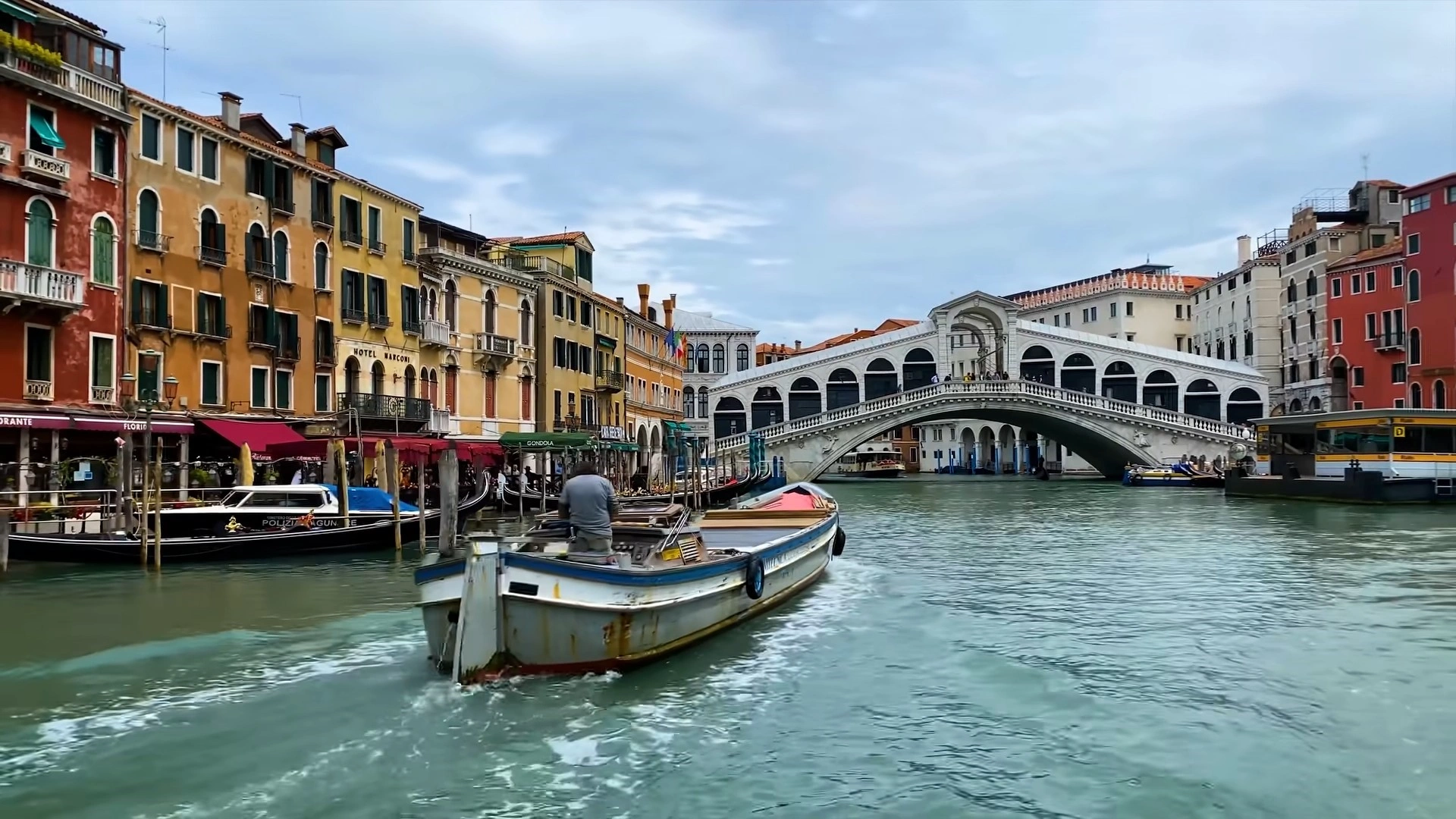
1. Getting Around Rome
While visiting Rome, one of the most mind-blowing ways of investigating this historic city is by walking. The city’s narrow cobblestone streets and bustling piazzas make it an optimal spot for relaxed walks. You can meander through beguiling areas, coincidentally find unlikely treasures, and take in the sights and hints of this energetic city.
Assuming you like to make more progress, Rome has a broad public transportation framework that incorporates transport, cable cars, and the metro. The metro framework is not difficult to explore and can rapidly take you to famous attractions like the Colosseum, Vatican City, and the Spanish Advances. Transports and cable cars are likewise advantageous choices for getting around the city, with courses that cover most areas of Rome.
For those looking to investigate beyond the city, leasing a bicycle is an extraordinary method for seeing a greater amount of Rome at your own speed. There are a few bicycle rental shops all through the city, and numerous streets have assigned bicycle paths to guarantee a protected cycling experience. You can pedal your direction through Rome’s historic streets, parks, and along the delightful Tiber Waterway.
On the off chance that you’re feeling gutsy, consider leasing a bike to hurdle around Rome like a local. Bikes are a famous method of transportation in the city, and leasing one permits you to explore Rome’s narrow streets easily. Simply make certain to really get to know the local traffic rules and guidelines prior to stirring things up around town.
One more famous method for getting around Rome is by taking a taxi. Taxis are promptly accessible all through the city and can be a helpful choice for those looking to travel longer distances or late in the evening. Remember that taxicabs in Rome operate on a metered framework, so make certain to confirm the charge with your driver prior to beginning your excursion.
For those looking to investigate the edges of Rome or nearby towns, leasing a vehicle is a functional choice. There are a few vehicle rental organisations situated in the city, and driving in Rome permits you the adaptability to visit encompassing regions like Tivoli, Ostia Antica, and the pleasant wide open of Lazio.
Regardless of how you decide to get around Rome, remember that the city can be bustling with traffic and walkers, particularly during peak travel season. Be ready for infrequent postponements and clogs, and try to have a guide or GPS close by to assist with exploring the city’s labyrinth-like streets.
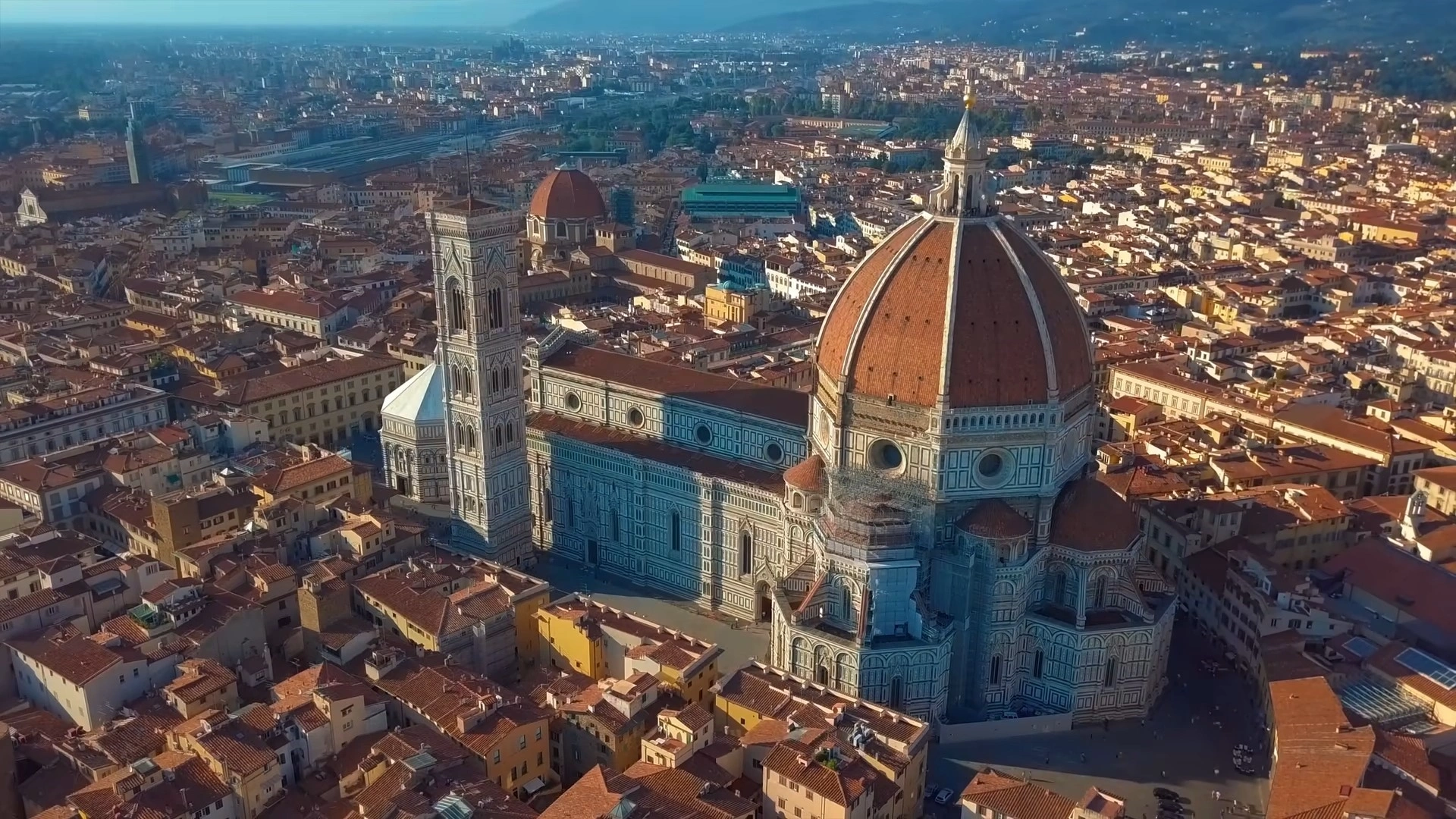
2. Must-See Attractions in Rome
While visiting Rome, there are so many mind-blowing attractions to see that it tends to be overwhelming to try to fit everything in. However, there are a couple of must-see sights that you certainly won’t have any desire to miss during your time in the Eternal City.
Quite possibly the most iconic landmark in Rome is the Colosseum. This old amphitheatre is an image of the power and glory of the Roman Empire. Built in 1970–80, the Colosseum could hold up to 80,000 onlookers and was utilised for gladiatorial contests, public spectacles, and different occasions. Today, visitors can investigate the vast remnants of the Colosseum and envision what it must have been similar to during its glory days.
Another must-see fascination in Rome is the Vatican City. This free city-state is under the central command of the Roman Catholic Church and home to probably the most strict and imaginative fortunes on the planet. The Vatican Museums house an unimaginable assortment of craftsmanship and relics, including the eminent Sistine Chapel, painted by Michelangelo. St. Peter’s Basilica, the biggest church on the planet, is likewise situated in Vatican City and is a dazzling illustration of Renaissance design.
No visit to Rome would be complete without a stop at the Trevi Wellspring. This Florid show-stopper is perhaps one of the most well-known wellsprings on the planet and is a famous spot for vacationers to flip a coin behind them and make a wish. The wellspring portrays the sea god Oceanus, encompassed by tritons and seahorses, and is a genuine wonder of plan and craftsmanship.
The Pantheon is another must-see fascination in Rome. This antiquated sanctuary was initially built in 27 BC and later rebuilt by Emperor Hadrian in 126 BC. The Pantheon is one of the most outstanding saved buildings from antiquated Rome and is known for its massive vault and oculus, or open opening in the focal point of the rooftop. The inside of the Pantheon is similarly great, with its marble sections, perplexing mosaics, and burial chambers of popular figures like the craftsman Raphael.
For history buffs, a visit to the Roman Discussion is a must. This archaeological site was once the focal point of political, social, and business life in old Rome. Visitors can investigate the vestiges of sanctuaries, government buildings, and public spaces that date back to the Roman Republic and Domain. The Gathering is additionally home to significant archaeological tracks like the Sanctuary of Saturn, the Curve of Titus, and the Sanctuary of Vesta.
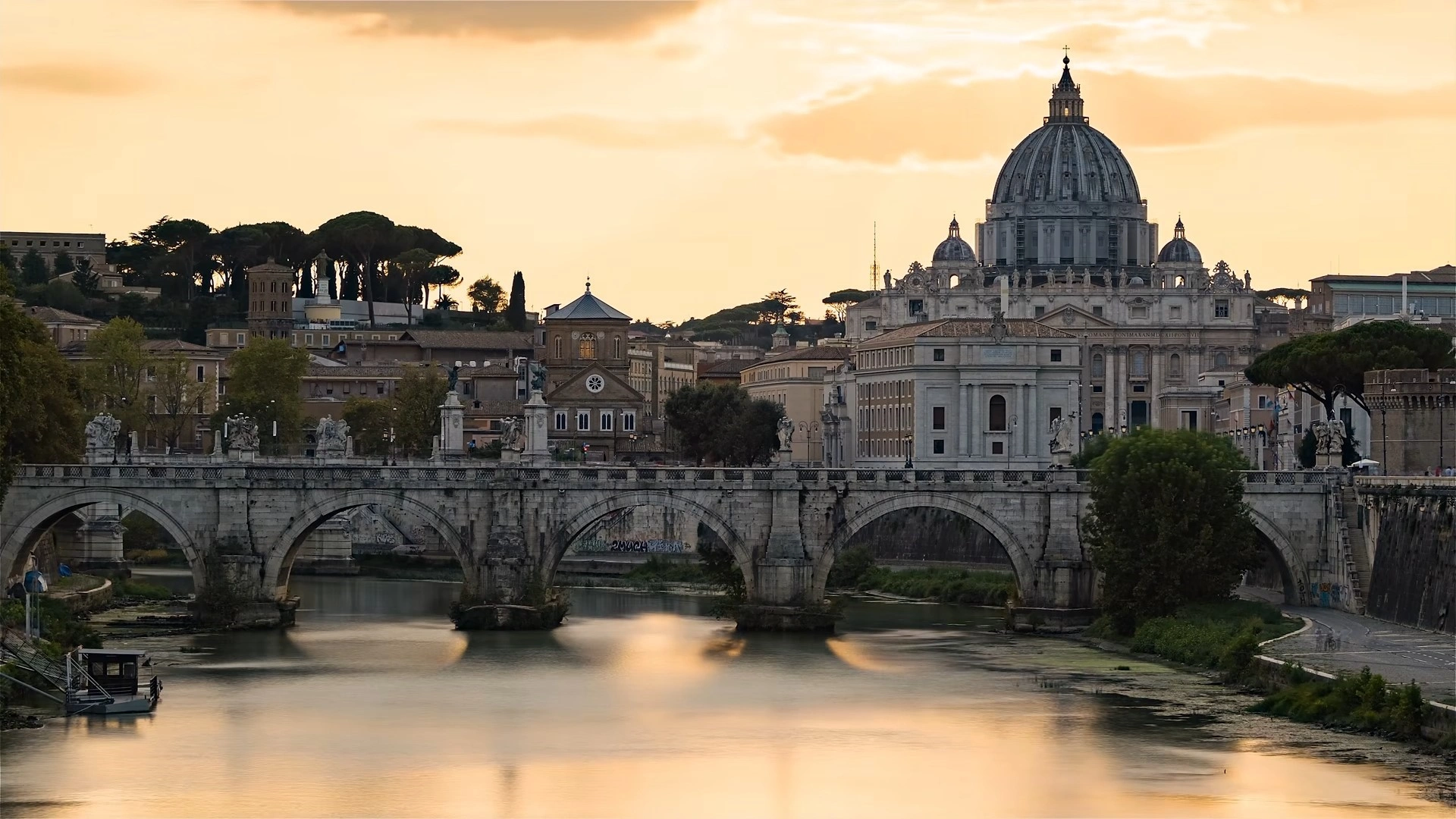
3. Eating and Cuisine in Rome
While visiting Rome, something you totally can’t miss is the extraordinary feasting experience the city brings to the table. Italian cuisine is renowned around the world, and Rome is no special case. From delicious pasta dishes to delectable pizzas, the food in Rome will leave you needing more.
Perhaps one of the most iconic dishes in Rome is carbonara. Made with pasta, eggs, pecorino cheddar, pancetta, and pepper, this rich and delightful dish is a must-try while visiting the city. Another exemplary Roman dish is cacio e pepe, a straightforward yet delicious pasta dish made with pecorino cheddar and dark pepper. In the event that you love seafood, make certain to attempt a few delicious broiled artichokes or a plate of new Roman-style saltimbocca.
The fact that you can’t miss it makes pizza another Roman staple. Visit a local pizza shop and attempt a conventional margherita pizza, made with new mozzarella, pureed tomatoes, and basil. Or, on the other hand, in the event that you’re feeling more gutsy, attempt a Roman-style pizza bianca, a deliciously soft and firm pizza finished off with olive oil, salt, and rosemary.
While eating in Rome, make certain to likewise attempt some customary Roman road food. Snatch a slice of pizza al taglio (pizza by the slice) at one of the numerous road sellers or enjoy a firm and exquisite supplì, a seared rice ball loaded down with gooey mozzarella cheddar and pureed tomatoes.
Remember to save space for dessert! Rome is renowned for its delicious gelato, so make certain to attempt some while you’re visiting the area. Enjoy flavours like pistachio, hazelnut, or exemplary chocolate at a local gelateria for the ideal sweet treat to end your feast.
Assuming you’re looking for a more upscale feasting experience, there are a lot of high-end eateries in Rome that offer wonderful cuisine and perfect service. From Michelin-starred foundations to comfortable family-run trattorias, Rome has something for every sense of taste and financial plan.
Notwithstanding the delicious food, feasting in Rome is also about the experience. Italians view their feasts in a serious way, so be ready to dial back and enjoy your food. Partake in a relaxed dinner with companions or family, and take as much time as is needed to partake in the flavours and climate of your environmental factors.
While eating in Rome, recalling some feasting etiquette is additionally significant. In Italy, it’s generally expected to hold back to be seated at an eatery and not to request the check until you’re prepared to leave. Tipping is additionally not as normal in Italy as all things considered in different nations, yet it’s constantly valued on the off chance that you get uncommon service.
Conclusion
Rome is a treasure trove of history, culture, and culinary delights, making it a must-visit destination for travelers from around the world. Whether you’re wandering through ancient ruins, savoring authentic Italian dishes, or simply soaking in the vibrant atmosphere of the city’s streets, Rome offers an unforgettable experience. Use this guide to plan your trip, explore the top attractions, and immerse yourself in the rich heritage of the Eternal City. Remember to take your time, enjoy the sights, and make the most of your Roman adventure. Buon viaggio!
FAQs
What is the best time to visit Rome?
The best time to visit Rome is from April to June and September to October when the weather is pleasant, and the crowds are smaller.
How can I get around Rome efficiently?
Rome is best explored on foot, but public transportation options like buses, trams, and the metro are convenient for longer distances.
What are the must-see attractions in Rome?
Must-see attractions include the Colosseum, Vatican City, Trevi Fountain, Pantheon, and the Roman Forum.
What local dishes should I try in Rome?
Don’t miss trying Carbonara, Cacio e Pepe, Roman-style pizza, and local street foods like Supplì.
Is it necessary to book tickets for attractions in advance?
Yes, booking tickets for popular attractions like the Colosseum and Vatican Museums in advance is recommended to avoid long queues.






